Natural Sciences
Mak Researchers develop Innovative Integrated Wetlands-bivalve system to Mitigate Effects of Pollution in Aquaculture farms in the Lake Victoria Basin
Published
1 year agoon
By
Mak Editor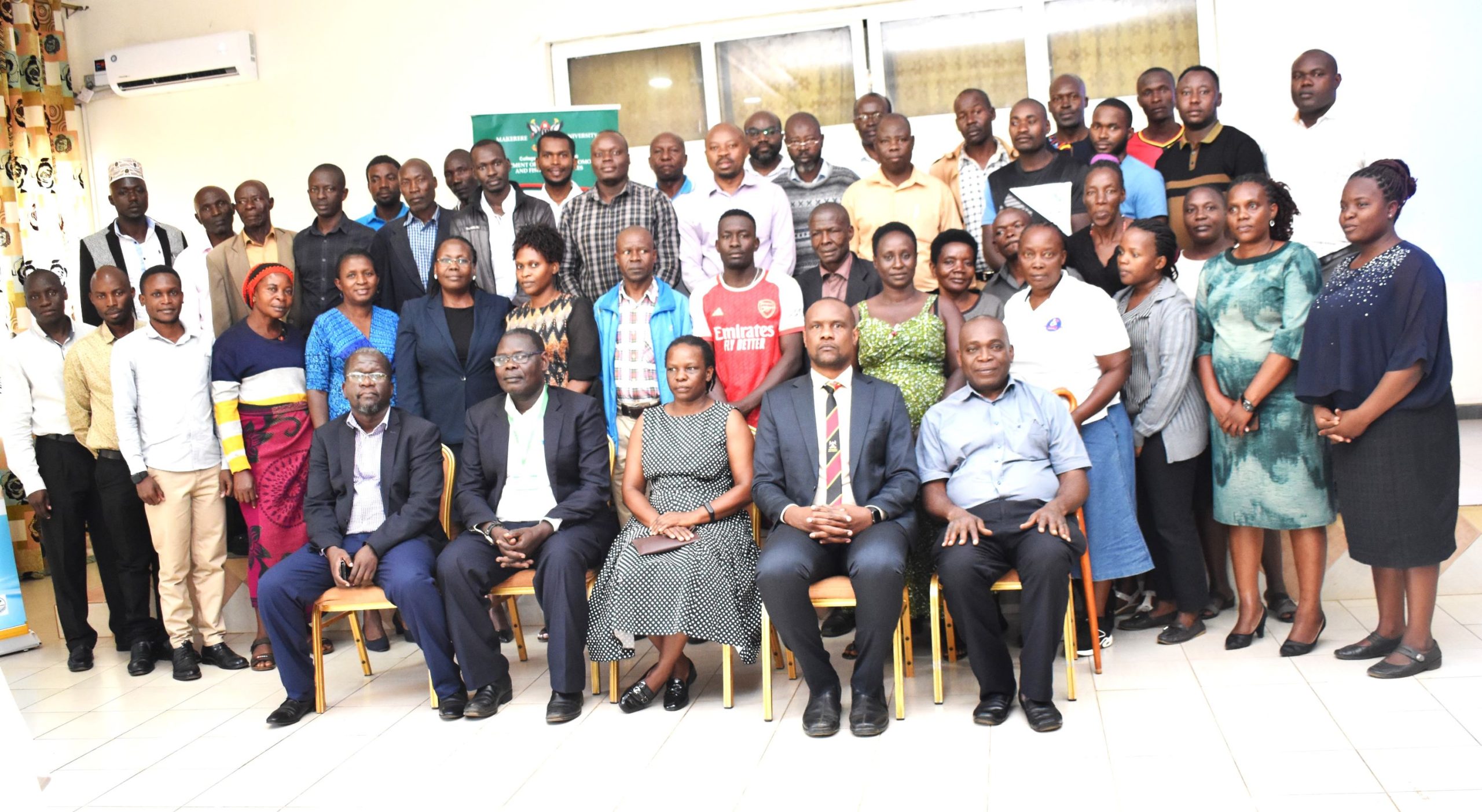
By Hasifa Kabejja & Dr. Robinson Odong
Overview
The fisheries sub-sector in Uganda is crucial, supporting over 5 million livelihoods and providing essential protein for up to 17 million people, with an average consumption of 10 kg per capita. Uganda’s population is projected to double in the next 27 years, prompting the National Development Plan III to aim for a significant increase in fish production, with aquaculture expected to contribute 1 million MT by 2030. The Fisheries and Aquaculture Act 2022 emphasizes adherence to National Environmental Management principles to achieve sustainable production systems.
However, as aquaculture grows, the sector faces environmental challenges due to increased intensive production and on-farm waste, including nutrients from feed, uneaten feed, poor quality feeds, pseudofeces, escaped farmed fish, and residual chemicals. These pollutants pose risks such as habitat quality deterioration, biodiversity loss, eutrophication of waterways, and the emergence of drug-resistant pathogens.
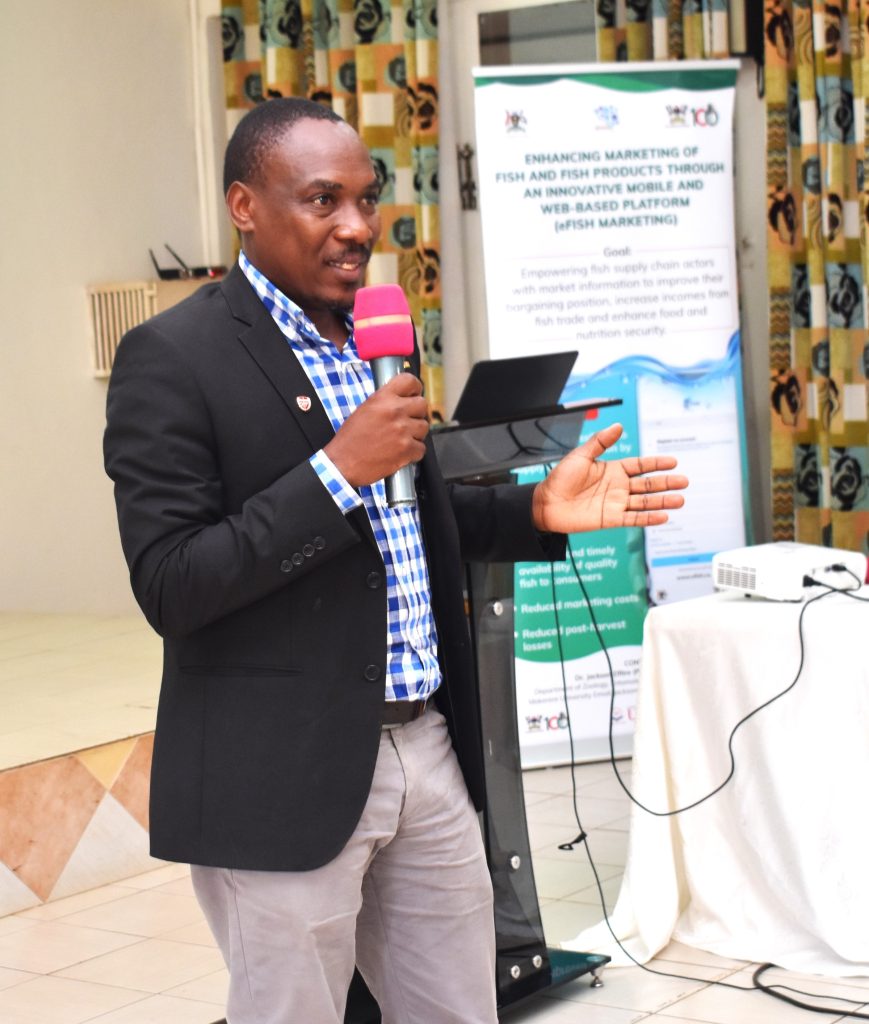
Mitigating the effects of environmental pollution from aquaculture
Through a Project titled: Mitigating the Effects of Environmental Pollution from aquaculture on freshwater resources in Lake Victoria Basin (MEEP), researchers from Makerere University in collaboration with the National Environment Management Authority (NEMA) set out to assess the effects of aquaculture facilities and practices on Lake Victoria, its catchment rivers and wetlands. The team led by Dr Ronald Semyalo from the Department of Zoology, Entomology and Fisheries Sciences (ZEFS) at Makerere University subsequently examined the effectiveness of innovative technologies, such as integrated wetland-bivalve systems, in mitigating these impacts. They also reviewed the application of national environment and aquaculture regulations in controlling environmental pollution. The study surveyed fish farms in three districts of Buikwe, Jinja, and Mukono within the Victoria Water Management Zone. Other project team members were: Dr Jerome Lugumira from NEMA, Dr Robinson Odong and Mr. Drake Ssempijja from ZEFS, Makerere University, and Ms. Ritah Namisango, Senior Public Relations Officer at Makerere. The Project was supported by the Government of Uganda through the Makerere University Research and Innovations Fund (MakRIF).
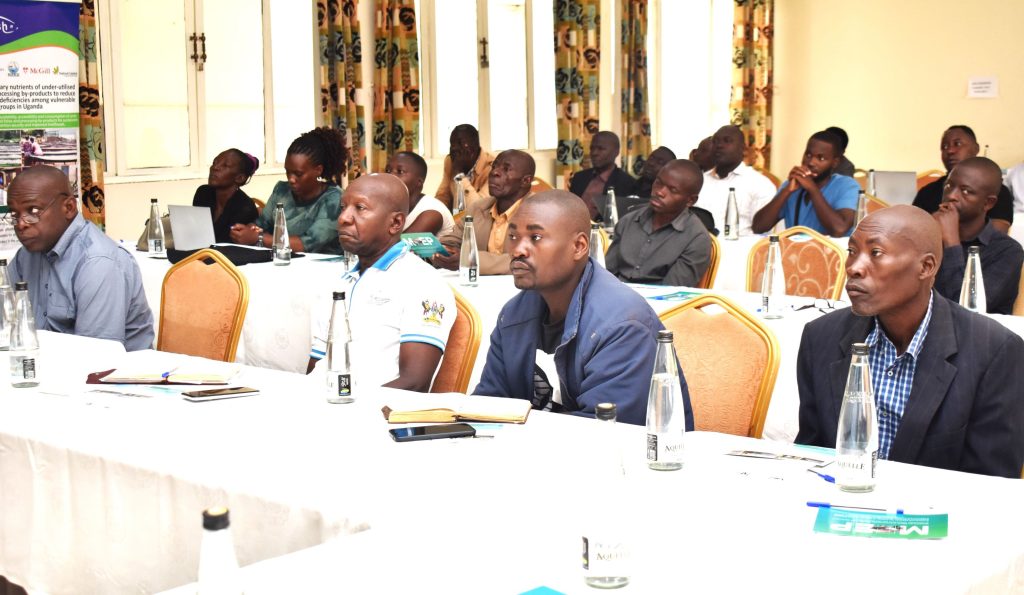
During their engagement with different stakeholders in the fishing industry including the fish farmers from Jinja, Buikwe and Mukono, as well as experts from the Directorate of Water Resources at the Ministry of Water and Environment, NEMA, and the Directorate of Aquaculture Development at MAAF, the research team established that only 138 out of 380 registered fish farms were active, with 45.6% of the farms in Jinja, 35.5% in Mukono; and 18.8% in Buikwe. Overall, over 60% of the farms were inactive posing serious environmental threats.
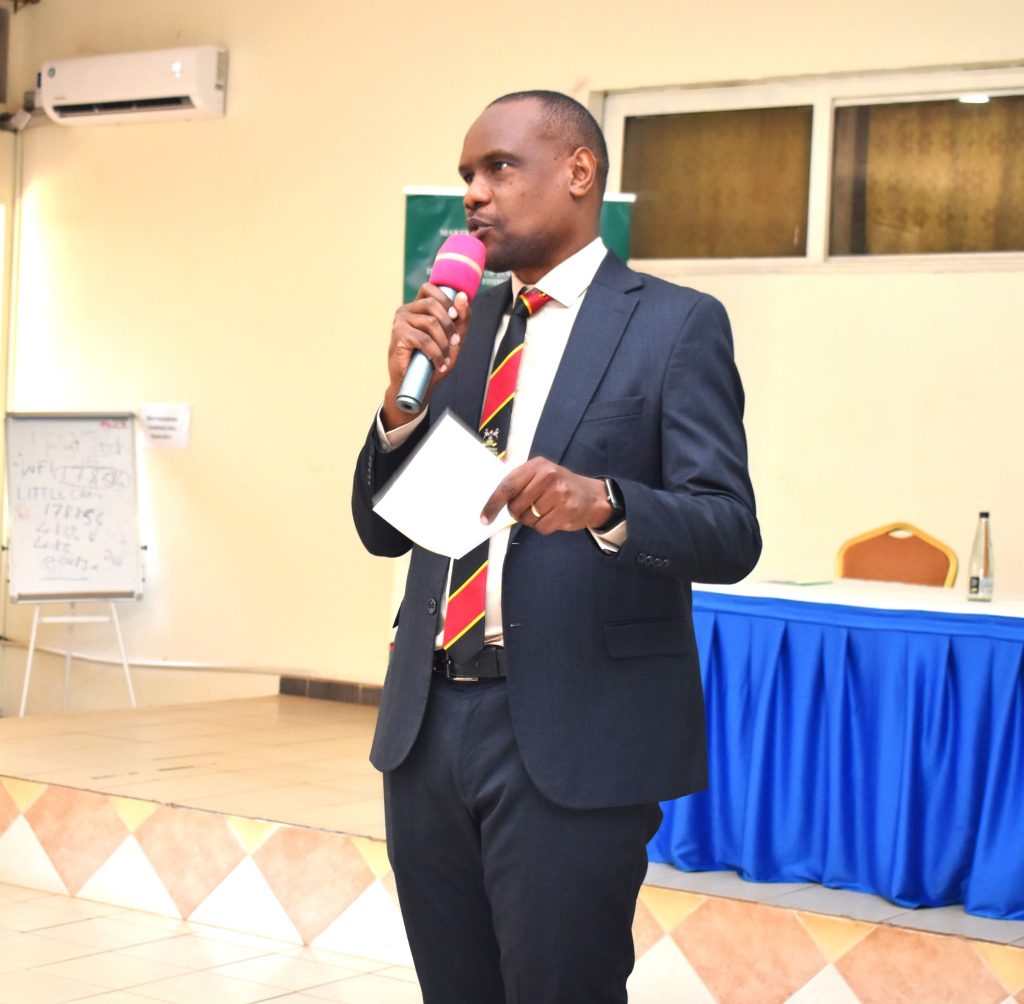
Dissemination of the research findings
On 26th June 2024, the project team held a workshop at Colline Hotel Mukono to disseminate the research finding to stakeholders who included fish farmers from Buikwe, Jinja and Mukono, District Fisheries Officers, as well as representatives from NEMA and MAAIF. In the presentations, the team highlighted the environmental impacts of aquaculture practices and the possibility of innovatively using nature-based, environmentally friendly innovations as a mitigation measure. The presentations covered farm characteristics, water and feed management practices, water quality assessments and waste management methods. The participants engaged in discussion on the implications of the results and shared their experiences and challenges in managing aquaculture operations.
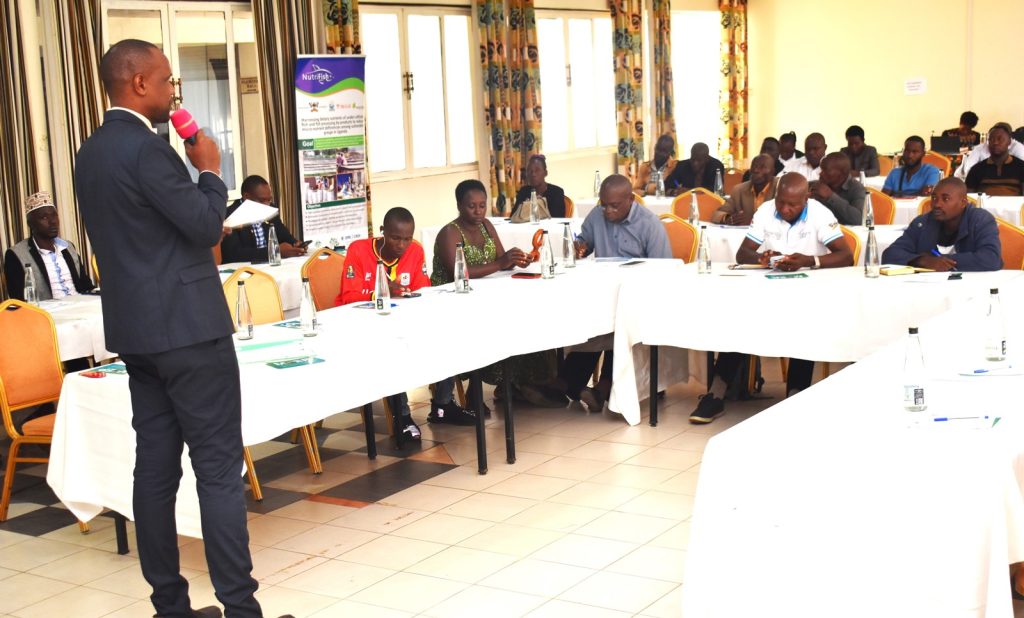
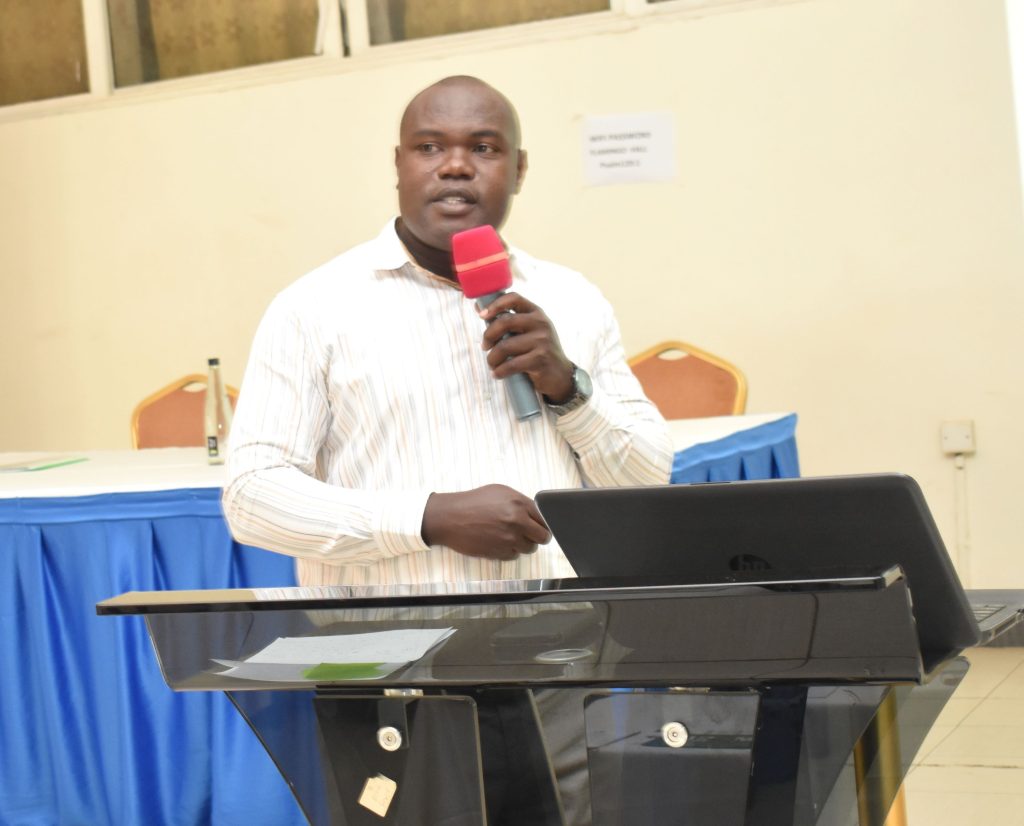
Key findings as disseminated by the PI
Out of the 380 farms, 119 were assessed. Below are the key findings;
- Environmental Impact Assessment: It was established that 81% of the farmers had not conducted Environmental Impact Assessments (EIAs) and Environmental audits. This, the researchers noted was one of the major causes of abandoned farms.
- Farm Characteristics: The majority of farms used earthen ponds (66.9%) and were semi-intensive (63.6%), relying on manufactured feed and pond fertilization. Intensive farms (30.5%) exclusively used manufactured feeds, while extensive farms (4.2%) relied solely on pond fertilization.
- Fish Species: Nile tilapia was the top choice (96.1%) for monoculture farms, while tilapia and catfish were preferred for polyculture systems (46.9%). Intensive farms predominantly farmed Nile tilapia.
- Demographics: Most respondents were male (90.7%), with a median age of 35 years. The largest age group was 31 to 59 years (43.2%).
- Fish diseases: The research revealed a number of diseases affecting aquaculture including: lesions/wounds on the belly and cysts on the scales, skin lesions and cysts on the belly, popping eyes and white substance on fins, open skin wounds, open wounds on the head, skin lesions – greyish, swollen eyes, whitish and black patches on the skin on the pelvic fin, wounds on the head.
- Water Use: Fish farms primarily relied on spring water and lake water. Other sources, such as streams, wells, and rivers, were also utilized. In most cases, the water source was shared with the community. Only a small percentage of respondents acknowledged any known disease outbreaks on their farms. There was a strong association between the district in which the farm was located and the water source used. Majority of those using lake water were in Jinja District, while most of those using spring water were in Mukono District. Additionally, there was a significant association between the fish species cultured and the water source used.
- Feed Management: A significant proportion of the farms heavily relied on factory-made feeds. These feeds were often used in combination with farm feed materials, such as maize bran, potato vines, yam leaves, and kitchen waste. A smaller number of farmers exclusively relied on farm-made feeds, while an even smaller percentage solely relied on pond fertilization. Manufactured feeds were used in various forms: powder and floating pellets, powder, crumble, and floating pellets, powder only, floating pellets only, and sinking pellets. The most prevalent method of feed delivery was feeding by response, while some farms also practiced feeding by ration.
- Waste Management: The findings indicated a concerning lack of treatment for aquaculture effluent, with majority of respondents (69%) releasing it directly into natural streams or wetlands. This highlights the need for improved environmental management practices. Common waste sources included faecal matter and dead fish. Most farms incinerated or buried solid waste.
- Water Quality: Measurements at the representative visited farms showed compliance with FAO optimal conditions for fish farms. The physicochemical parameters of the farms visited were in line with FAO optimal conditions for fish farms.
- Prevailing Regulatory System: A comprehensive gap analysis was conducted to supplement the findings from the survey. It aimed to identify weaknesses and areas for improvement in current policies and regulations governing aquaculture. It also evaluated the effectiveness of existing measures in addressing environmental pollution, waste management, and sustainable water use. This exercise provided a foundation for developing more robust and effective regulatory frameworks that support sustainable aquaculture practices, protect water resources, and enhance the overall environmental health of the Lake Victoria basin.

Project output
***Innovative Integrated wetlands-bivalves system was developed to mitigate the impact of pollution emanating from aquaculture on the environment
Effluent from poor aquaculture practices may contain uneaten feed residues and associated components, such as suspended solids, nutrient nitrogen and phosphorus and organic materials. If discharged without any form of treatment, such effluent contributes to excessive nutrient enrichment of water bodies, a phenomenon referred to as eutrophication. Eutrophic waters have diminished ecological value, for example are low in oxygen level and can lead to fish kills. Wetland plants, such as duckweeds can aid in cleansing of aquaculture effluent of excess pollutants, through various mechanisms. For example, the plant roots adsorb suspended solids, besides offering conducive attachment surfaces for beneficial microorganisms which perform various nutrient recycling roles. The plants also uptake excess nutrients, hence reducing their levels in water. Bivalves (Molluscs) are filter feeders, hence uptake and cleanse water of detrital or solid materials, hence augmenting the roles of the plants. The integration of wetlands-bivalves system offer synergistic roles in aquaculture effluent treatment. The plants and bivalves used in the treatment can in turn be removed and used for other beneficial purposes.
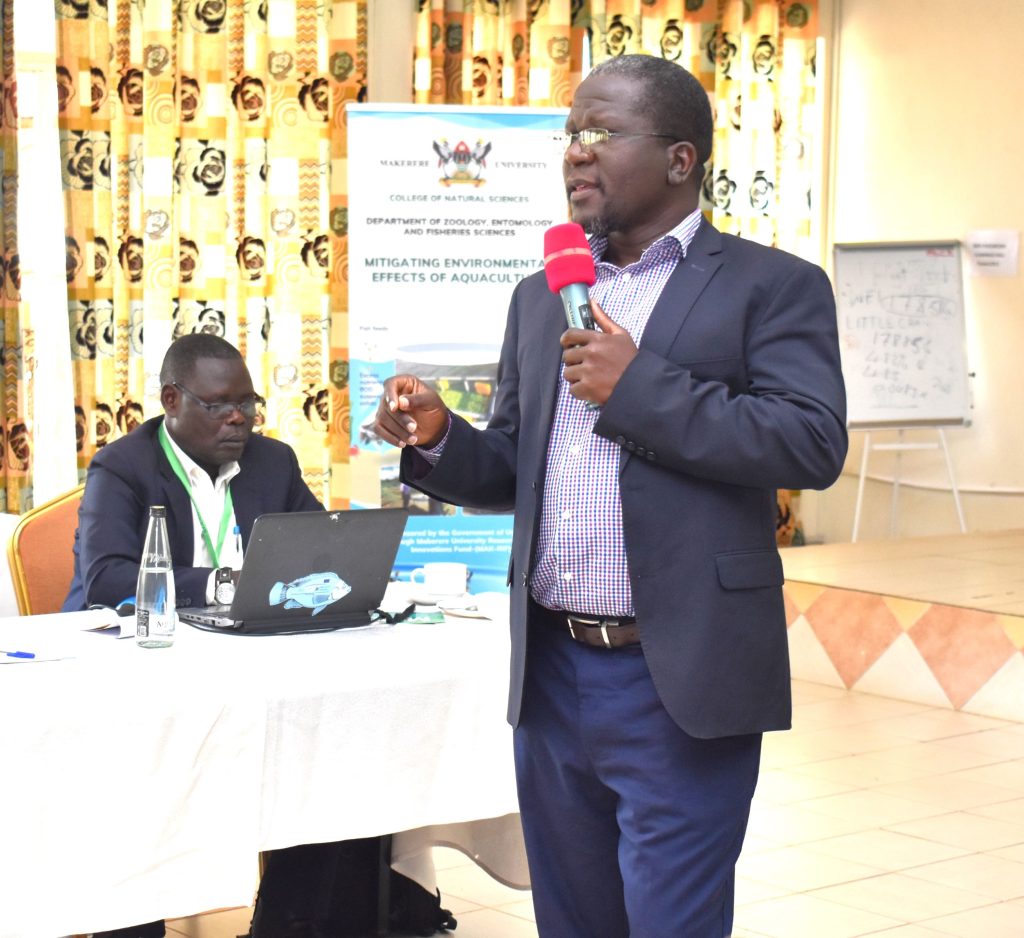
Presentation on policy gaps
During the dissemination workshop, Dr Jerome Lugumira, the Natural Resources Manager, Soils and Land Use at NEMA sensitized participants on the National Environment Act, 2019 with special emphasis on policy regulations for the aquaculture sector. He emphasized the need to acquire an EIA certificate before engaging in aquaculture. Highlighting the gaps in policy, Dr Lugumira noted that Schedule 4 of the National Environment Act, 2019 does not sufficiently guide the Fisheries sector; while the Physical Planning Act, 2010 is biased towards physical development planning, and the Water Act, 1997 provides for a waste discharge permit but no consideration of the extent of wastes discharged from fish farms of varying size and intensity is provided.
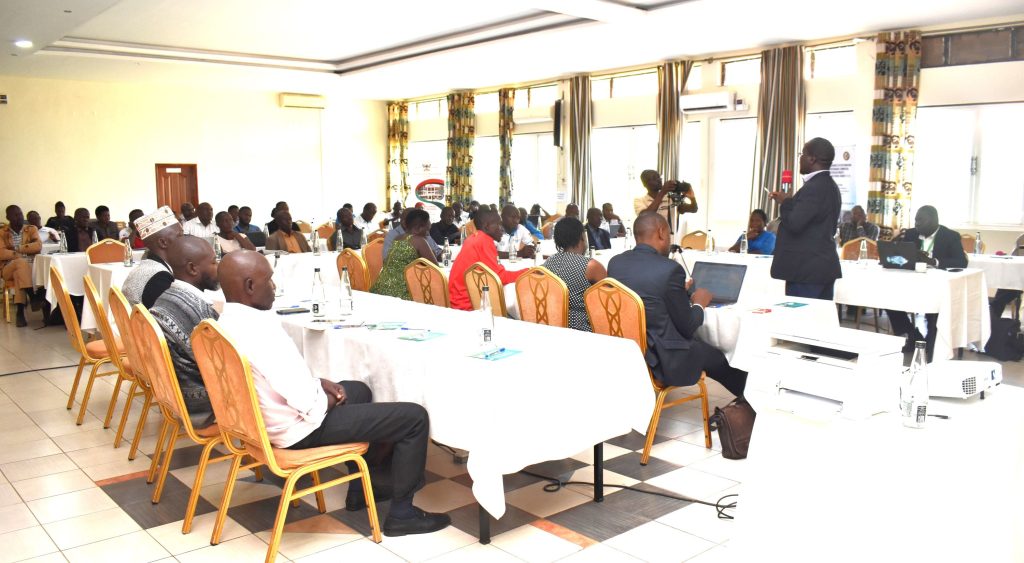
He further noted that the National Environment (Wetlands, Riverbanks and Lakeshores Management) Regulations, 2000 do not guide on areas where aquaculture best fits, indicating that the application of the 25% wetland area beyond which one needs approval is vague.
Additionally, he explained that the National Environment (Waste Management) Regulations, 2020 refer to fish waste generally and not whether it means waste from fish or all waste from fish farms, such as off-cuts, unwanted materials, and that the National Environment (Standards for Discharge of Effluent into Water or Land) Regulations, 2020 consider effluent discharge and not that released in-situ and that disposed directly into water via cages and into soil via land-based systems.

Dr Lugumira called for the review of the National Environment (Wetlands, Riverbanks and Lakeshores Management) Regulations, 2000, by requiring the mandated Lead Agency (WMD) to issue approvals for access to wetlands, and appending guidance on wetlands and lake areas where aquaculture is suitable. He suggested that submissions seeking approval from NEMA should have all required approvals from MAAIF, WMD and DLGs. “The assessment process should be supported by a technical officer skilled in fisheries sciences and not generalists,” he noted.
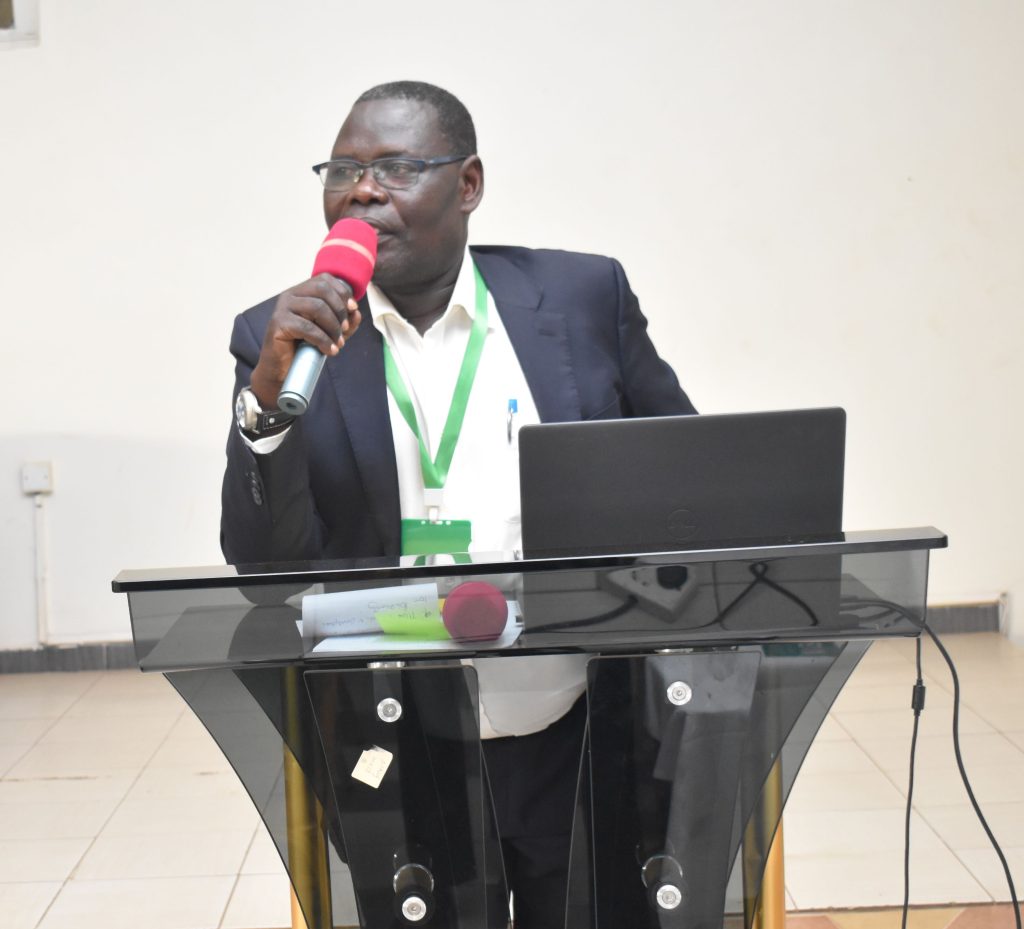
Overview on the state of capture fisheries and aquaculture in Uganda
Sharing an overview on the state of capture fisheries and aquaculture in Uganda, Mr. Geoffrey Dheyongera, Principal Fisheries Officer at MAAIF, noted that the global decline/stagnation in capture fisheries stocks had increased demand for fish, calling for a boost in fish production through stock enhancement in water bodies and promotion of aquaculture. “There is need for huge investment in aquaculture. The Aquaculture Policy targets 1 million MT from aquaculture through establishment of aquaparks with intensive management activities.”
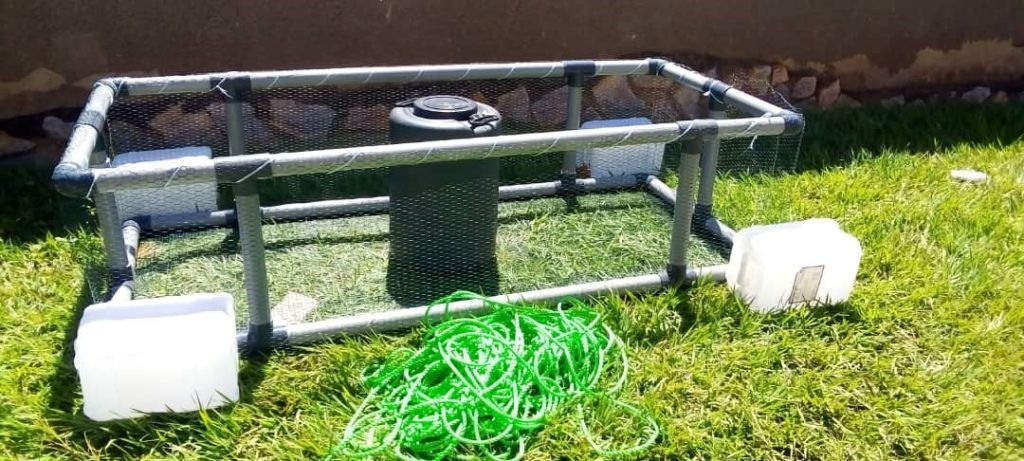
Key concerns raised by the farmers
During the focused group discussions, participants highlighted a number of factors undermining the growth of the aquaculture sector. These include;
- Ignorance about the laws/policy guidelines
- Low skills and lack of exposure in aquaculture management
- Low numbers of technical staff to guide the farmers
- Inexperienced technical staff
- Cheating by fish seed producers
- Expensive and poor quality feeds
- Fluctuating prices of fish
- Competition with capture fisheries/negative attitude towards farmed fish
- Increased degradation of the environment which affects water quality
- High interest rates on loans
- Farmers fear for exorbitant taxes
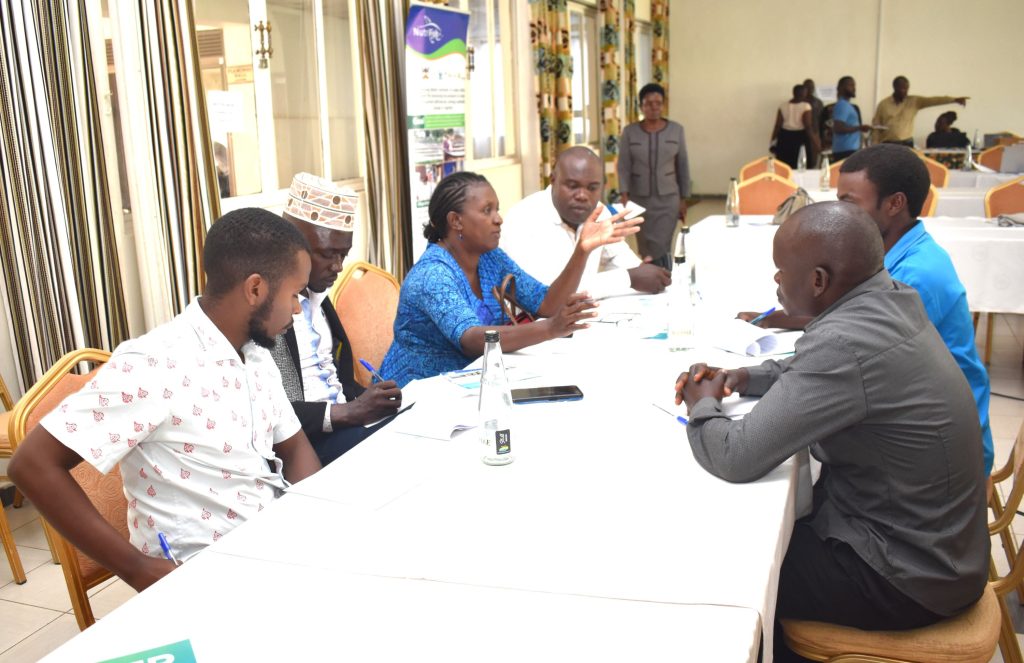
Proposals for improvement
- Government should recruit technical staff to assist farmers
- Thorough training of extension staff
- Encourage value addition to farmed fish
- Integrate climate smart interventions in aquaculture
- Policies regulating the sector should be popularized
- Undertake periodical review of the existing policies
- Encourage multi-stakeholder involvement in the implementation of policies
- Invest in research responsive to fish and aquaculture sector needs
- Monitor quality of fish feeds to satisfy farmers’ needs and environmental safety
- Private hatchery operators must be supported by the responsible sector agencies to ensure quality seed. Likewise, fish seed must come from certified hatcheries.
- Inspection of farms should be strengthened
- Train farmers on proper aquaculture management practices
- Farmers should work in groups to reduce production costs, negotiate better prices for their products, access credit facilities and maximize profits
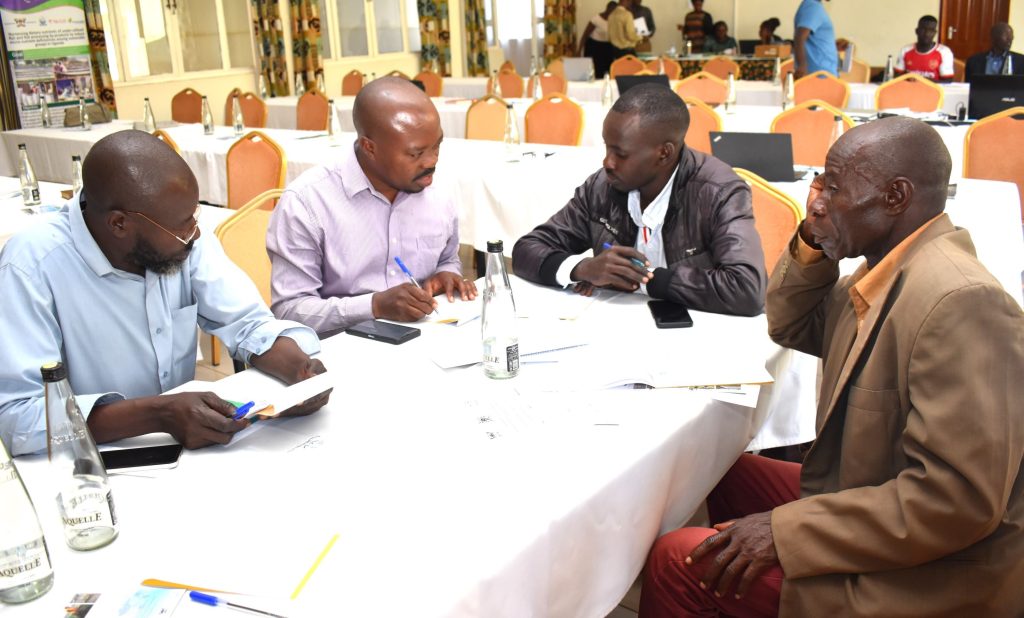
Remarks by the Guest of Honour, Mukono District CAO, and the Principal, CoNAS
In his remarks, the Guest of Honour, also Assistant Commissioner Aquaculture Management at MAAIF, Mr. Alio Andrew, guided the farmers on proper aquaculture practices, and encouraged Ugandans to invest in the fish sector. “The demand for fish has increased. Aquaculture remains a viable option,” he noted. He also raised the need to support private hatchery operators to produce quality seed, emphasizing that fish seed should only be bought from certified hatcheries. He highlighted the significance of biosecurity in aquaculture, and the need to collect appropriate data on the sector.
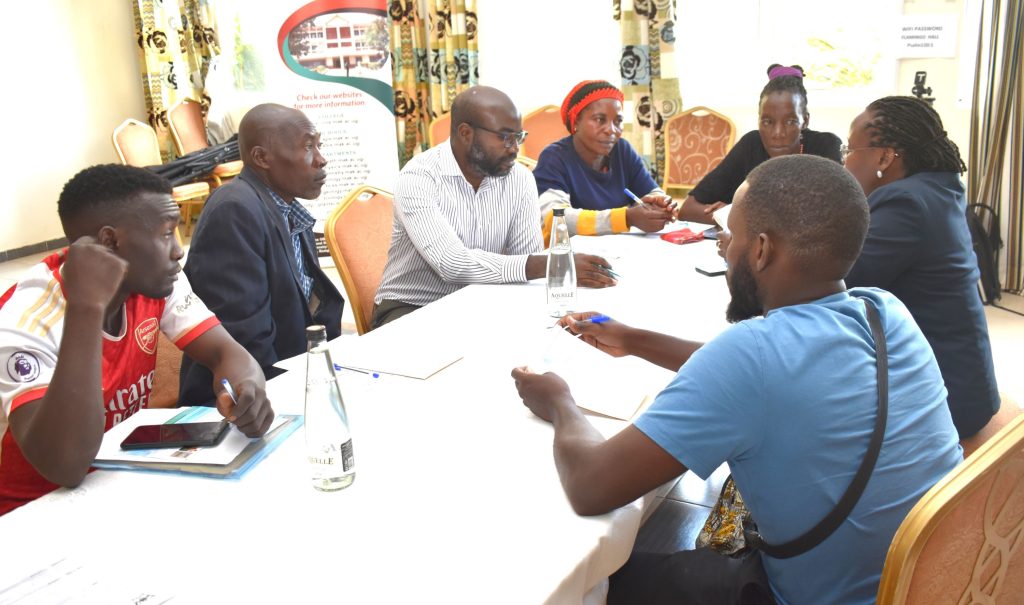
The CAO Mukono District called for intensified training of farmers in aquaculture management practices. She advised the farmers to work in groups if they are to make reasonable profits.
The Principal, College of Natural Sciences (CoNAS), Makerere University, Prof. Winston Tumps Ireeta, acknowledged the involvement of the community in research, and appreciated the fish farmers for actively participating in the project activities. He expressed gratitude to the Government of Uganda for the continued support towards research at Makerere University. Besides other initiatives geared towards improving research at Makerere, the Government is supporting over 700 research projects at Makerere through the Research and Innovations Fund. He also appreciated MAAIF and NEMA for the technical guidance extended towards the project.
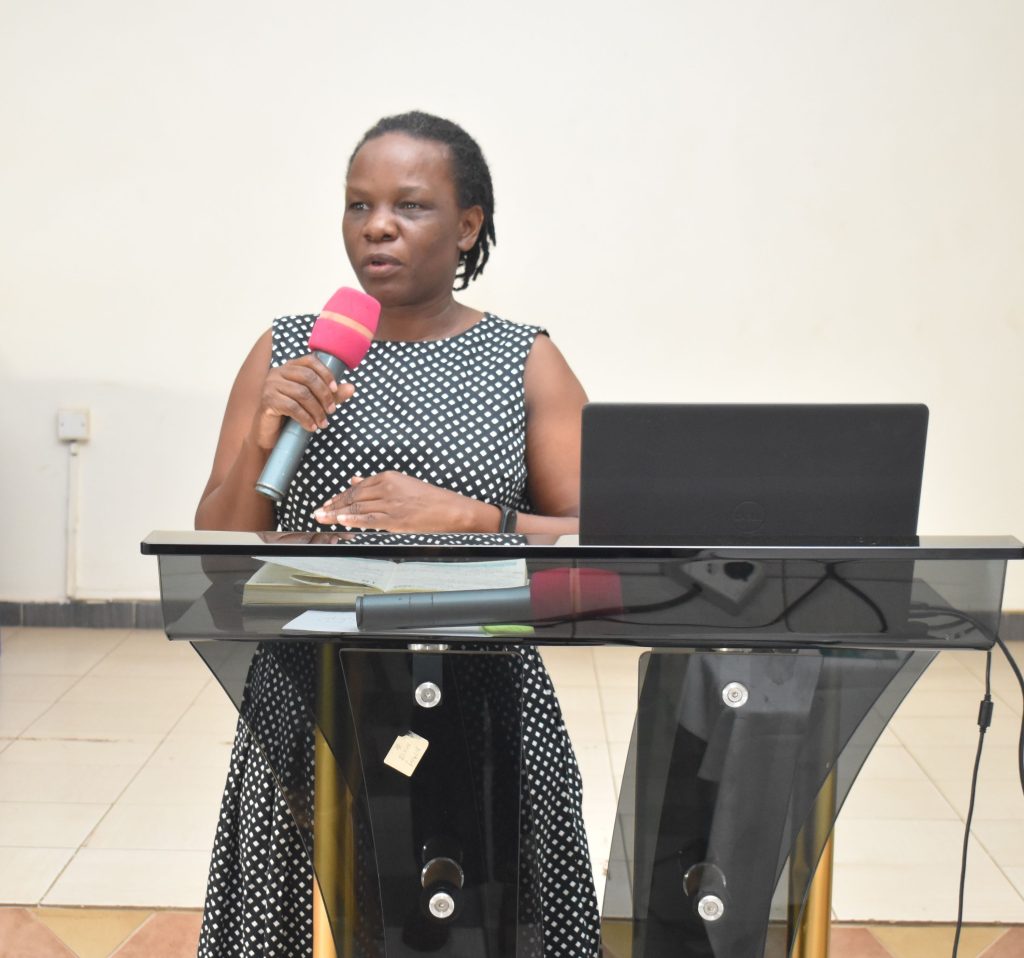
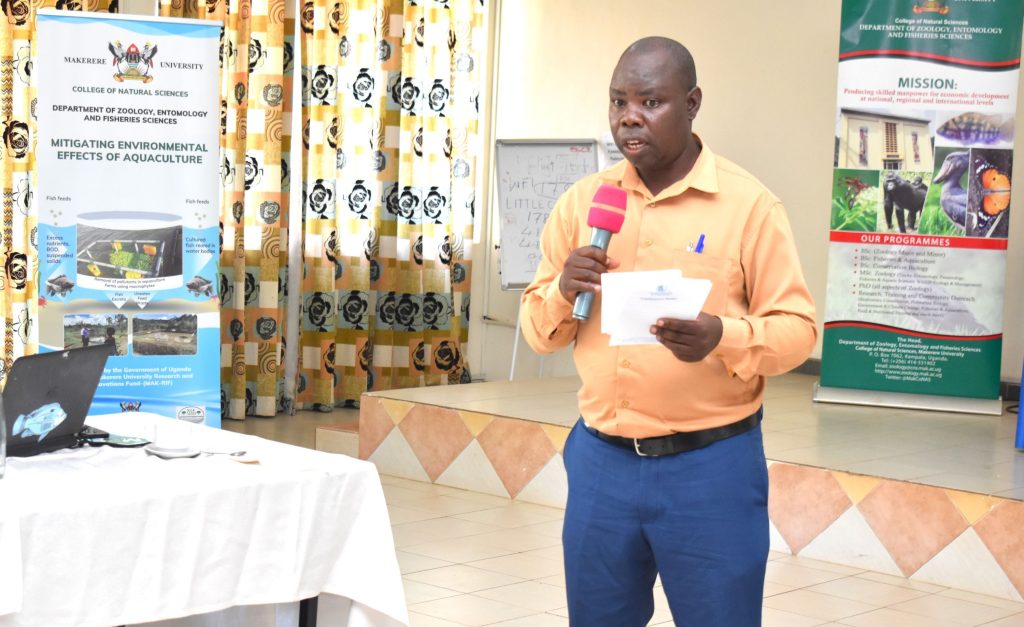
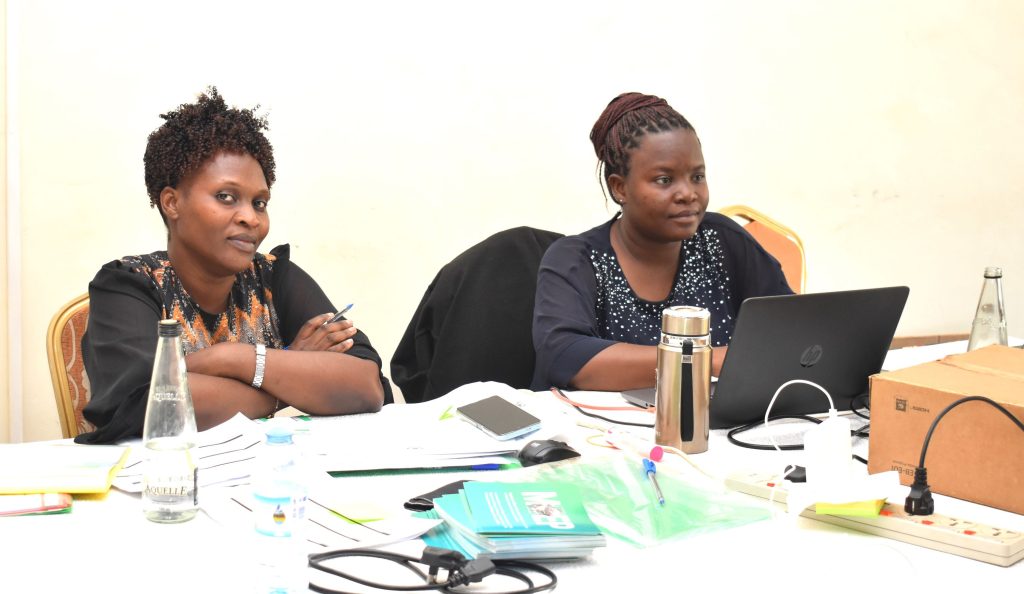
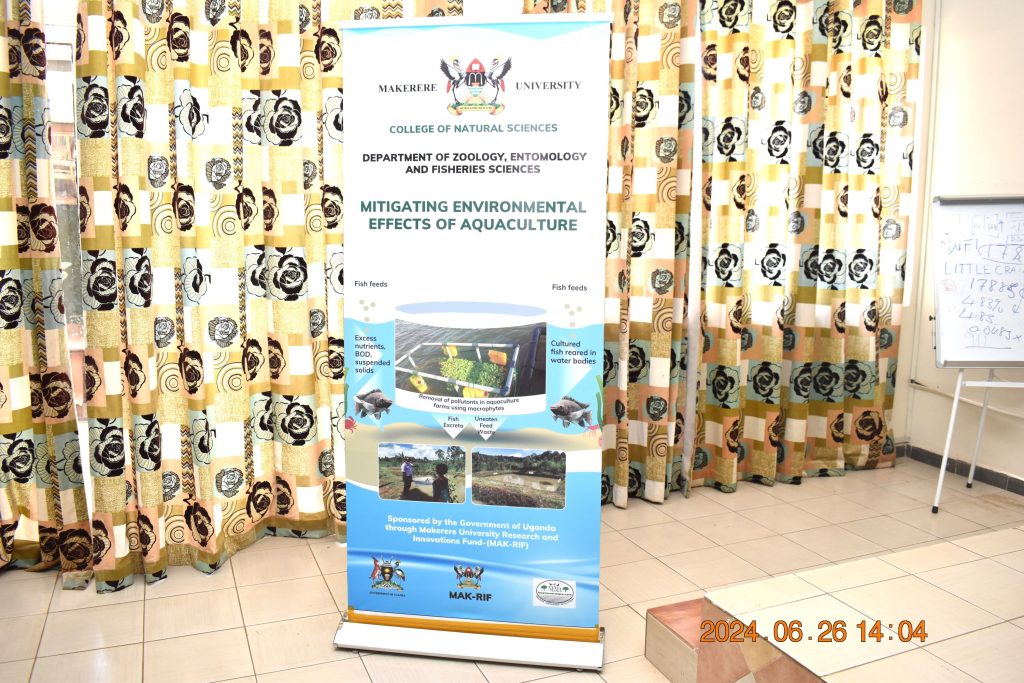
You may like
-


Makerere University Launches Knowledge-Sharing Platform to Drive Innovation and Economic Growth
-
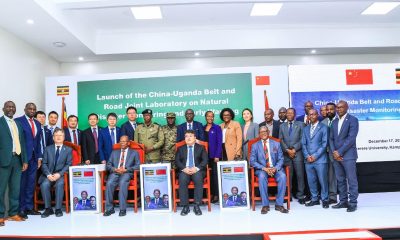

Makerere University and Tsinghua University Launch Landmark China–Uganda Joint Laboratory on Natural Disaster Monitoring and Early Warning
-


Makerere University Explores Strategic Partnership with Tsinghua University in Safety Science, Disaster Resilience and Public Health
-


College of Humanities and Social Sciences Launches Five Groundbreaking Publications
-
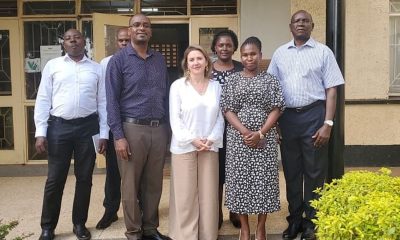

Department of Tourism Hosts Prof. Sofia Asonitou
-


JNLC-JICA Symposium advocates for Inclusive Governance: Amplifies debate on revisiting African-style Governance
Natural Sciences
Jinja Fish Festival: Mak Recognized for its outstanding contribution to the Development of the Fisheries Sector
Published
2 weeks agoon
December 8, 2025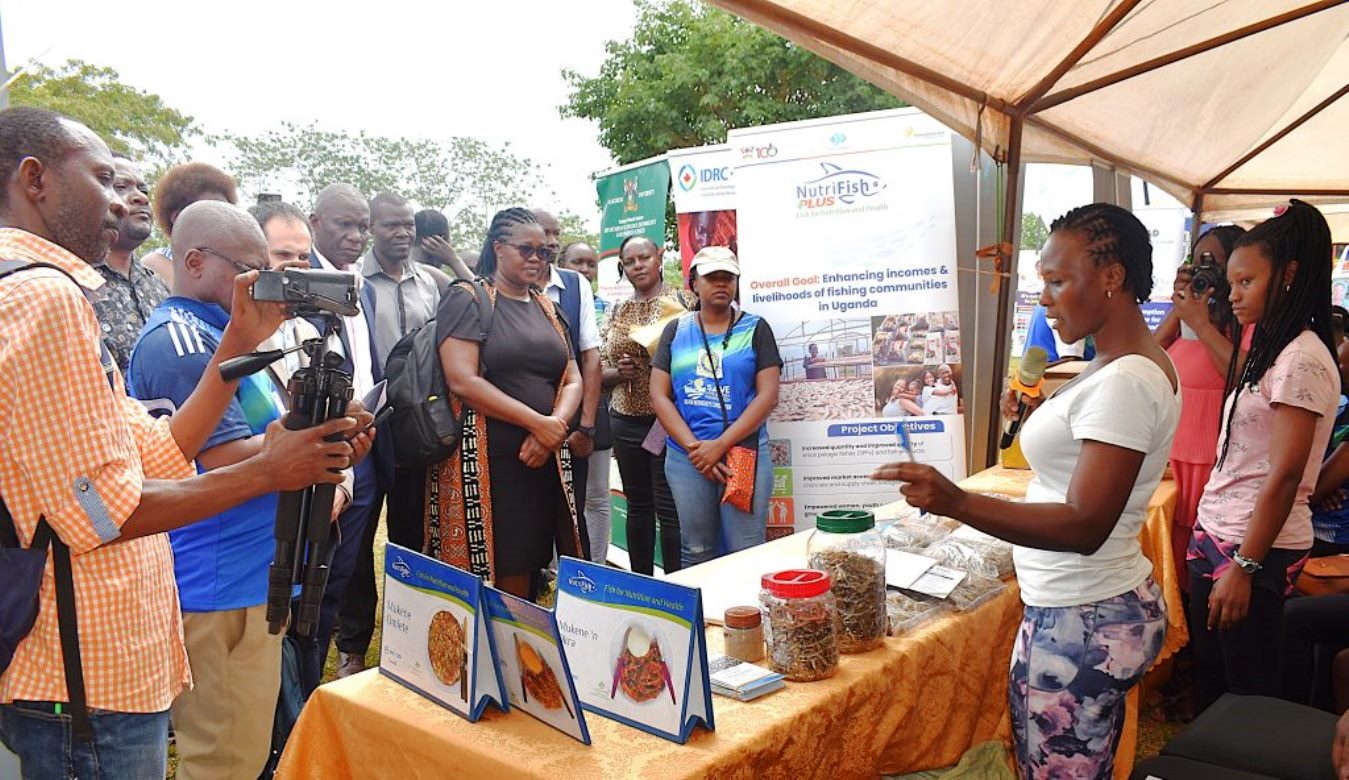
Makerere University, through the College of Natural Sciences (CoNAS), has been recognized for its outstanding contribution to the development of the fisheries sector in Uganda. The award was presented during the Sustainable Fisheries, Aquaculture, and Environmental Awards Ceremony at the 7th edition of the Jinja Fish Festival, held on 6th–7th December 2025 at Across the Nile Resort, along the banks of the River Nile in Njeru Municipality.
Renowned for showcasing diverse fish cuisines and cultural exhibitions, this year’s festival aimed to promote knowledge exchange, raise awareness, and highlight recent developments around Lake Victoria.

Launched in 2018, the Jinja Fish Festival has become a key platform for the public and stakeholders to learn about sustainable fisheries and the vital role of fish in livelihoods and nutrition. It also provides an avenue for fisheries stakeholders to deliberate on strategies to improve and sustain the sector.
The event includes the Lake Victoria Marathon, Nalubaale boat rowing competitions, a high-level fisheries forum, workshops, and exhibitions. It is organized by the Lake Victoria Fisheries Organization (LVFO) in partnership with the Directorate of Fisheries Resources, Sustainable Fisheries Initiative (SFI), Uganda Fish Processors and Exporters Association (UFPEA), and the International Fish and National Organizing Committee. It is funded by GIZ–SAF Project, the Food and Agriculture Organization (FAO), the International Fund for Agricultural Development (IFAD), and Enabel.
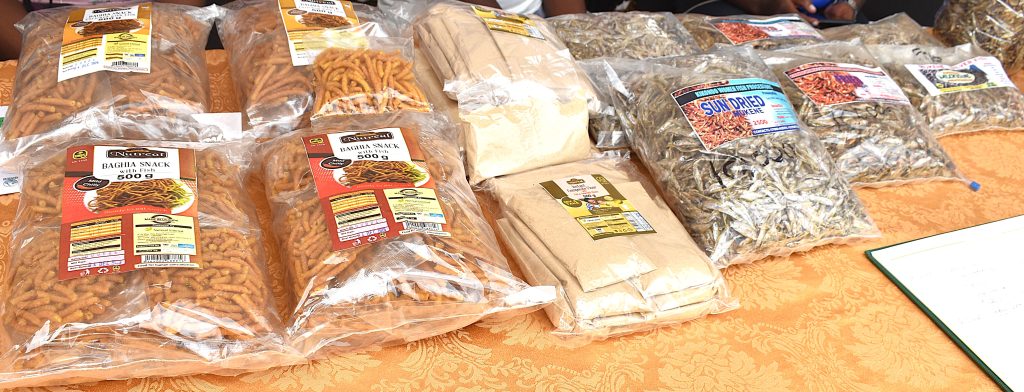
National Fisheries and Aquaculture Forum
A key highlight of the festival was the National Fisheries and Aquaculture Forum, themed “Promoting Sustainable Fisheries and Aquaculture through Ethical and Inclusive Blue Economy Practices.” The forum featured panel discussions on:
- Aligning Uganda’s Blue Economy with global and regional fisheries management frameworks.
- Adoption of climate-smart technologies in fisheries and aquaculture.
- Integration of business strategies and human rights principles into the fisheries and aquaculture value chain.
- Sustainable development of the fisheries and aquaculture sector.
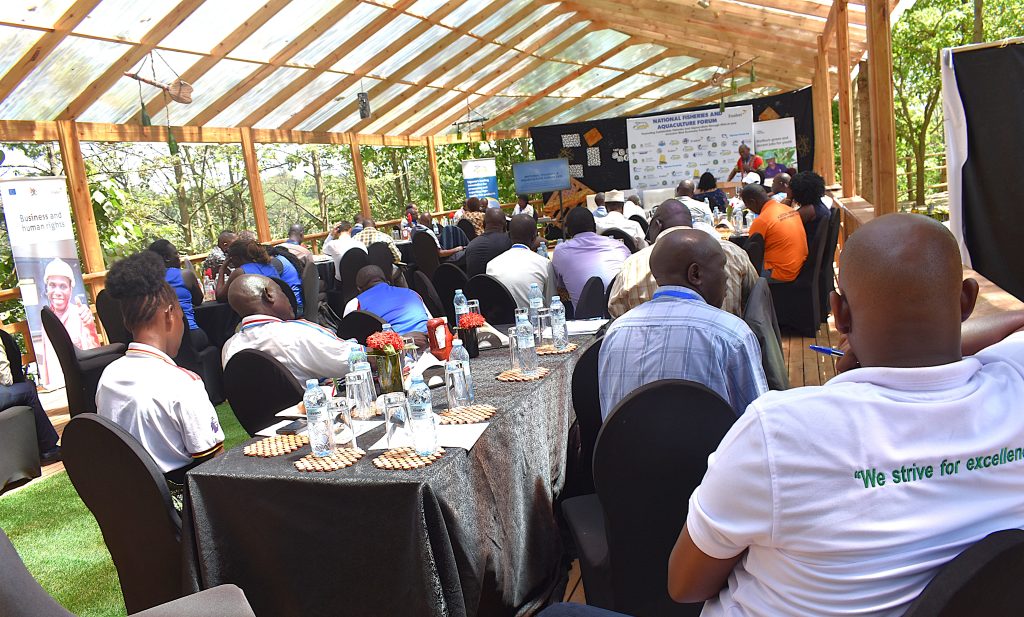
Participants emphasized the importance of strengthening value chain governance, scaling up innovations, and aligning initiatives with youth employment opportunities.
Delivering the keynote address, Mr. Richard Ogutu-Ohwayo, Coordinator at African Lakes Network and Independent Researcher, highlighted the urgent need to address “dirty fish” corruption, improve fisheries resource management through effective policies, and increase human resource capacity within the sector. Dr. Odongokara Konstantine, a Research and Policy Expert, emphasized domesticating international policies into Uganda’s aquaculture practices and building stakeholders’ capacity to access regional and global opportunities.
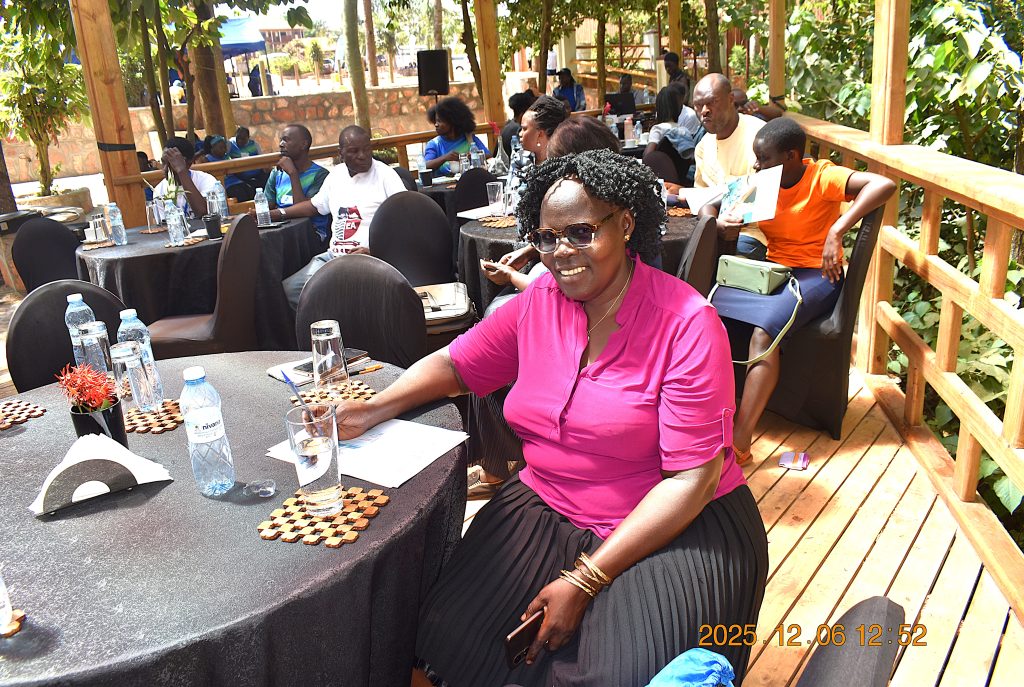
NutriFishPlus Project Participation in the Festival
The NutriFishPlus Project team, along with students from CoNAS participated in the 7th edition of the Jinja Fish Festival on 6th and 7th December 2025. Led by Ms. Nelly Badaru, Gender Expert on the Project and Ms. Juliet Ogubi Nafula, PhD student in the Department of Zoology, Entomology, and Fisheries Sciences at CoNAS, the team showcased products developed under the project and educated participants on the nutritional benefits of small pelagic fishes.
In its first phase, titled NutriFish, Makerere University researchers, led by Dr. Jackson Efitre, in collaboration with the National Fisheries Resources Research Institute (NaFIRRI – NARO), NUTREAL Limited, and McGill University, Canada, developed five high-value nutritious products, including baby food, sauce, maize meal, snacks, and seasoning, using Mukene (silverfish). The team also published a Mukene recipe book, containing 16 recipes rich in protein, calcium, zinc, and iron.
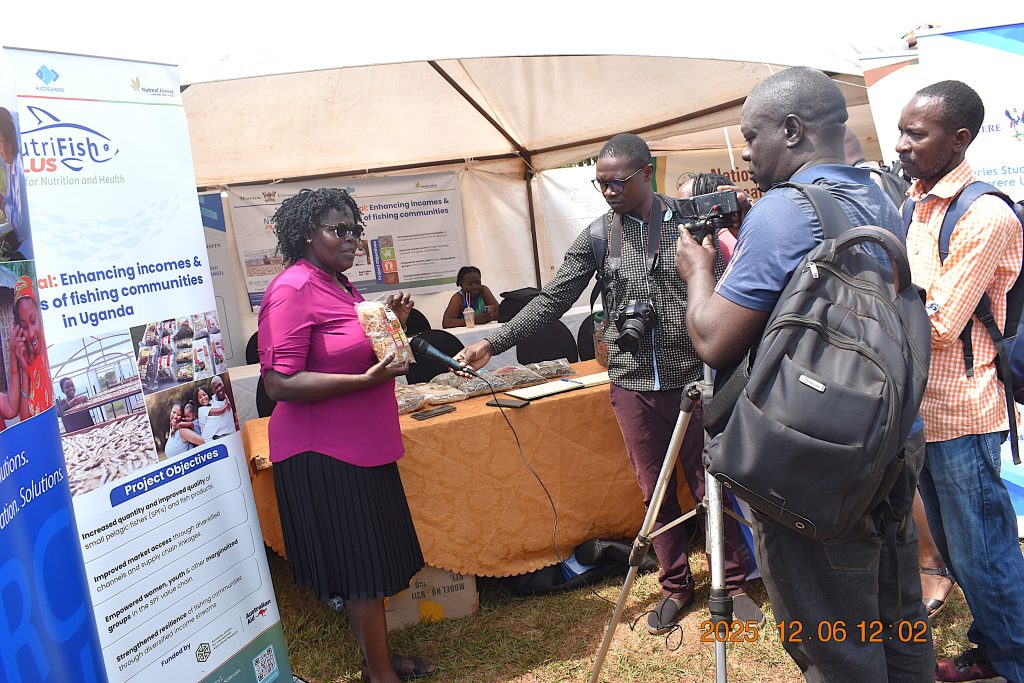
Through the project, fishers gained access to loans for purchasing boats and fish containers that improve hygiene and product quality. Two enterprise fishing groups, with over 70 boats, were established to ensure consistent supply and standards. Researchers also developed the eCAS system, an application for tracking fish catches. By September 2022, 8,960 catch records had been transmitted through the system, which is now used by over 200 stakeholders, including the Directorate of Fisheries Resources and the Fisheries Protection Unit, helping prevent overfishing.

Other achievements registered under the project included the development of solar tent driers – greenhouse-like structures that reduce the risk of contamination and provide clean and efficient storage and drying, especially during the wet season subsequently reducing post-harvest losses. The project conducted awareness training for 326 people (200 women) to reduce gender inequalities. As a result, domestic violence dropped by 30%, and the number of women in the fish value chain increased. The project also trained eight Graduate students, who have gained valuable skills and knowledge thus boosting critical human resource needs in the fisheries sector.
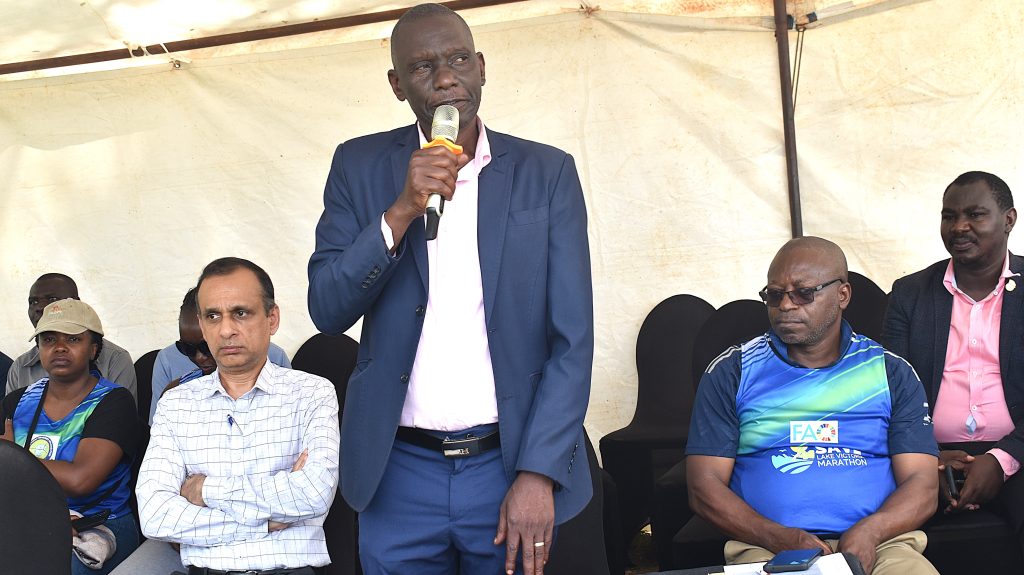
Other exhibitors at the festival included (NaFIRRI – NARO), FAO, INNOECOFOOD Project at Makerere University, the International University of East Africa, Busitema University, SEETA University (Science, Environment, Engineering, Technology, and Agriculture), Yalelo Uganda, and Preventive Care International, all showcasing emerging technologies and innovations in fisheries.
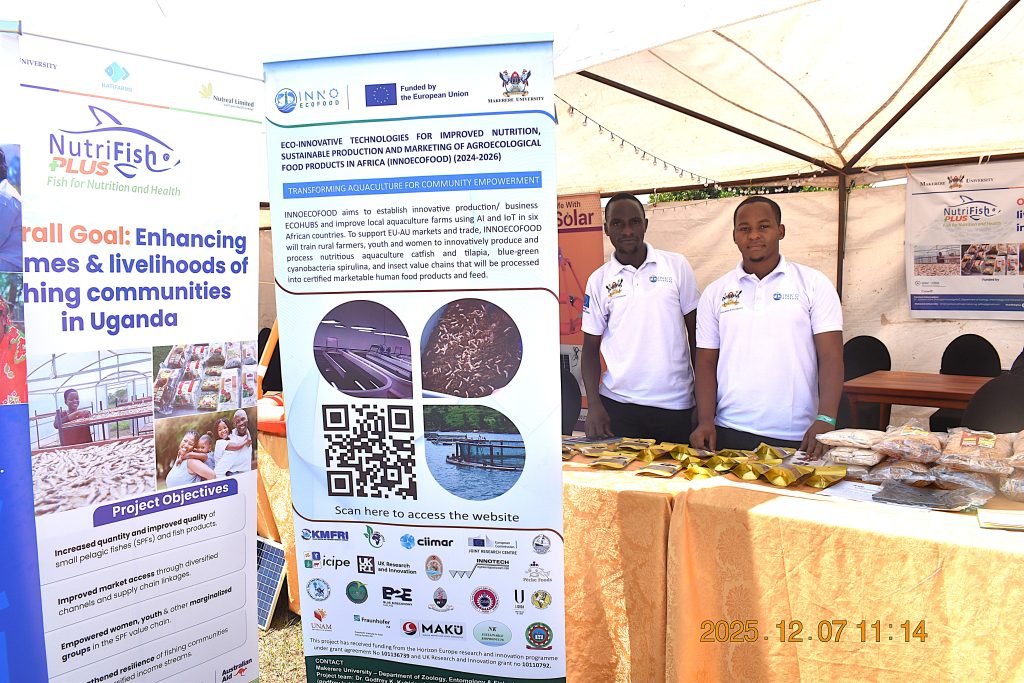
NutriFishPlus Phase II
Funded by the International Development Research Centre (IDRC) and the Australian Centre for International Agricultural Research (ACIAR) under CultiAF2, the NutriFishPlus Project aims to scale up Phase I activities to further enhance incomes and livelihoods of Uganda’s fishing communities.
Launched on 28th October 2025, the 32-month project will run until March 2028. Its objectives include:
- Scaling up sustainable fishing technologies, including solar tent driers and raised racks, to reach new communities.
- Strengthening market access and supply chain linkages for high-quality fish and fish-based products.
- Empowering women and vulnerable groups through diversified income-generating activities.

Implemented by the Department of Zoology, Entomology, and Fisheries Sciences at Makerere University, in collaboration with Nutreal Ltd and Kati Farms Ltd, the project is led by Dr. Jackson Efitre (Principal Investigator).
Expected outcomes include:
- Improved livelihoods and incomes for marginalized fishing groups, especially women and youth.
- Better health and nutrition through diversified, market-driven fish products.
- Sustainable fish processing and marketing models replicable across Uganda and the East African region.
- Enhanced participation of women and youth in decision-making and benefit-sharing within the Small Pelagic Fishes (SPFs) value chain.
- Strengthened community resilience and ecosystem health through participatory approaches.
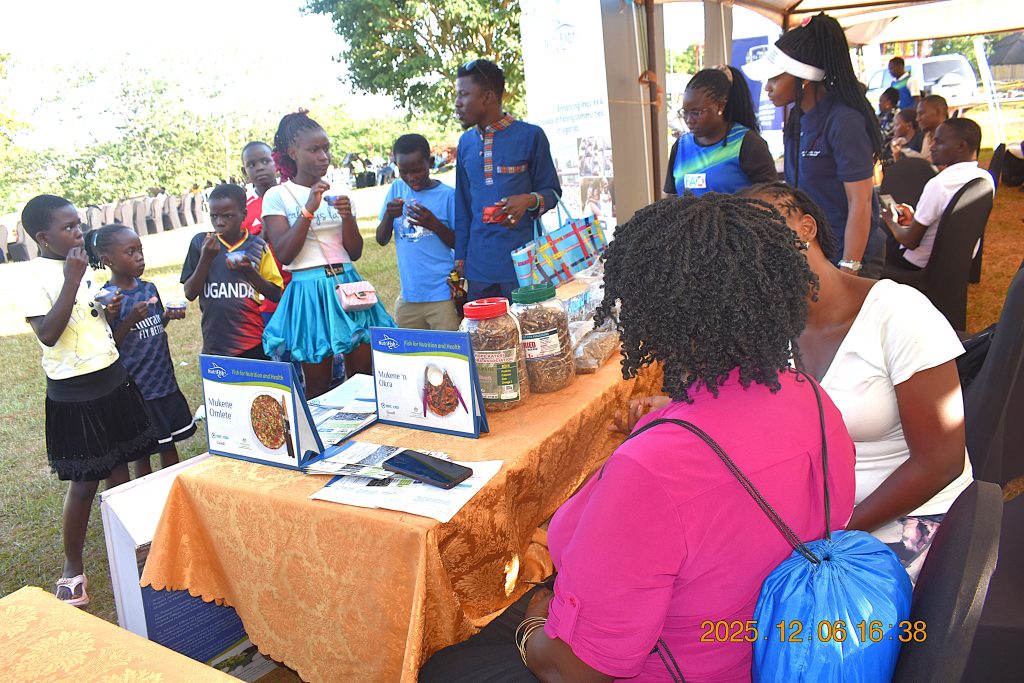
Project activities will be conducted at five landing sites around Lakes Victoria, Kyoga, and Albert: Katosi and Kikondo (Mukono and Buikwe districts), Bangaladesh and Kayago (Amolatar District), and Dei (Pakwach District).

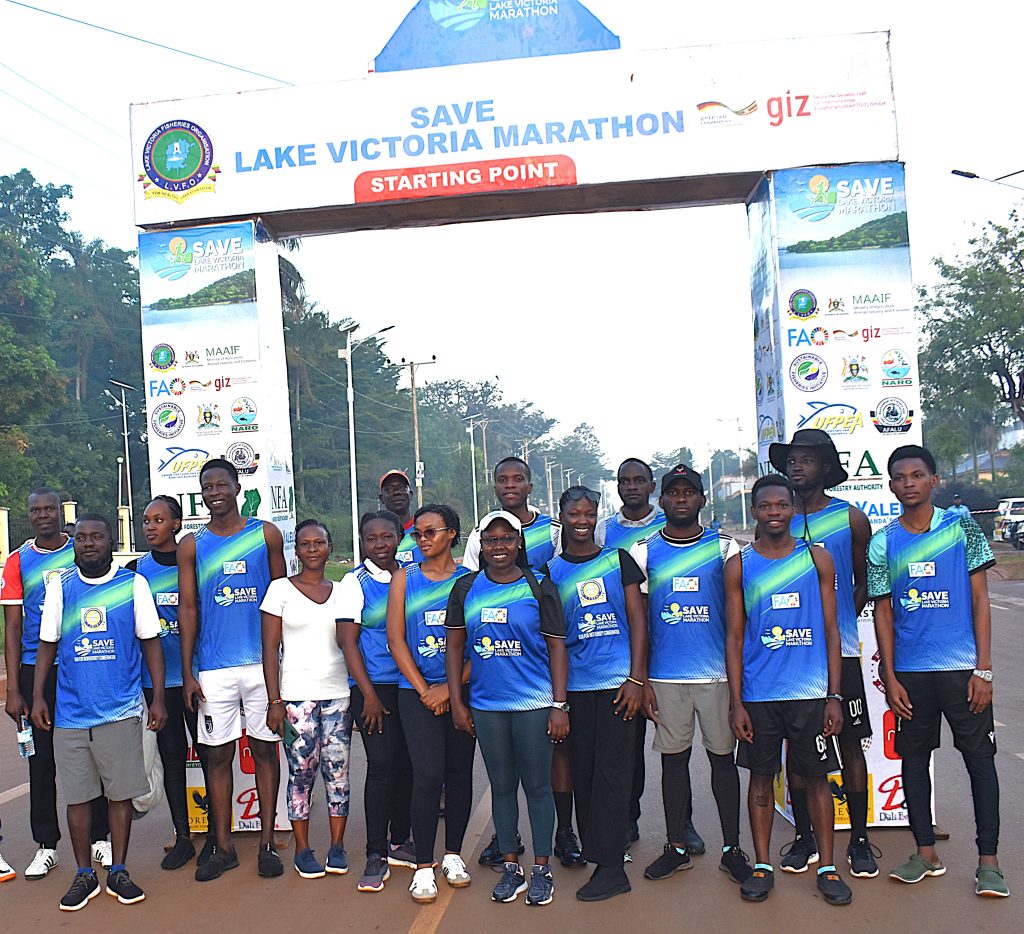
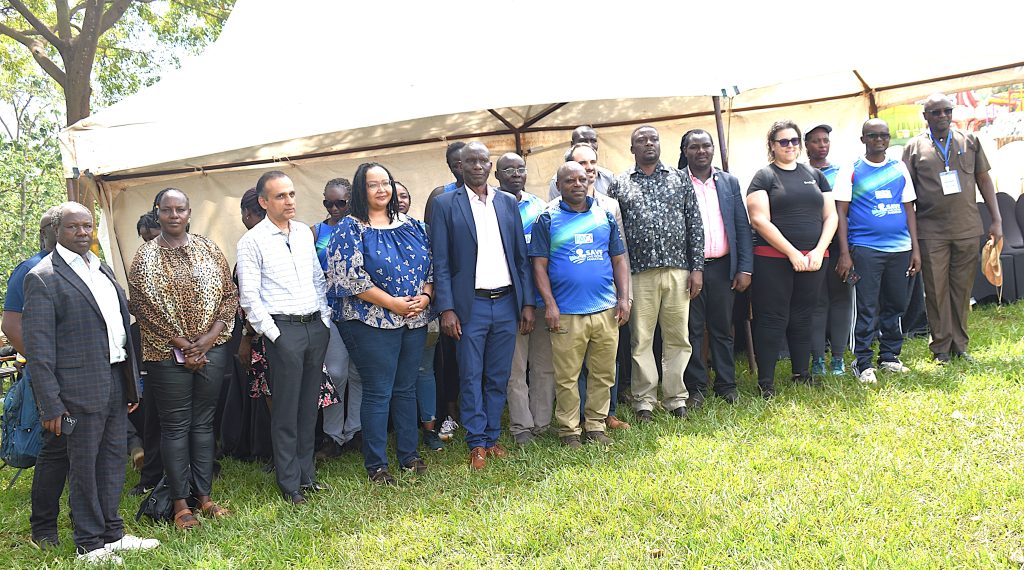
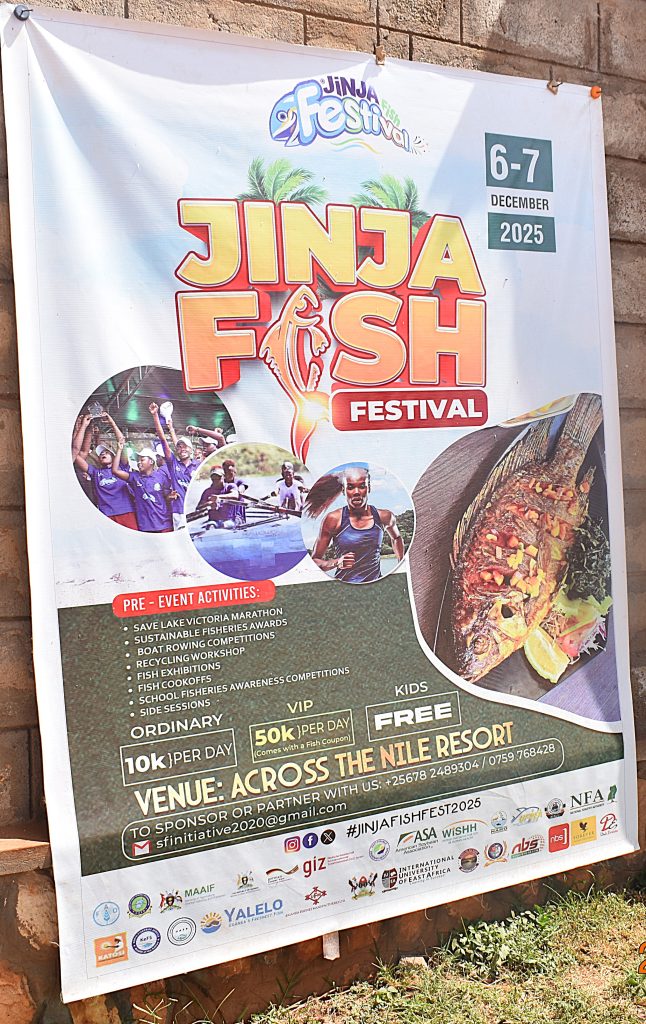
Natural Sciences
Mak-CoNAS Launches NutriFishPlus Project
Published
2 months agoon
October 30, 2025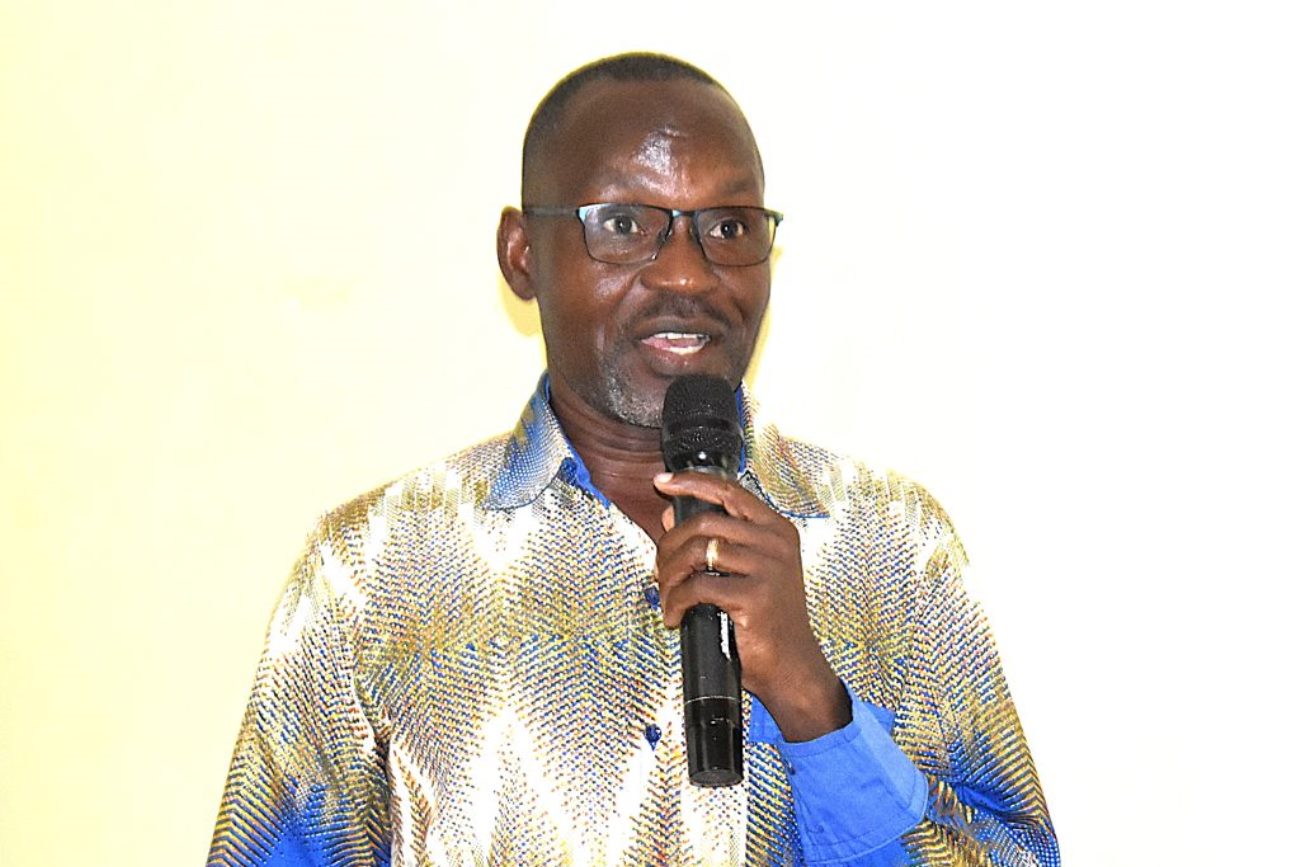
*****The project was officially launched on 28th October 2025, followed by planning meetings on 29th and 30th. It will be implemented at landing sites around Lakes Victoria, Kyoga and Albert.
Following the successful implementation of the NutriFish Project ( 2019-2023), Makerere University has been awarded a new grant worth about UGX2 Billion to expand activities and deepen community impact through the NutriFishPlus Project.
Funded by the International Development Research Centre (IDRC) and the Australian Centre for International Agricultural Research (ACIAR) under the Cultivate Africa’s Future Fund Phase II (CultiAF2), the NutriFishPlus Project seeks to enhance the incomes and livelihoods of fishing communities in Uganda.
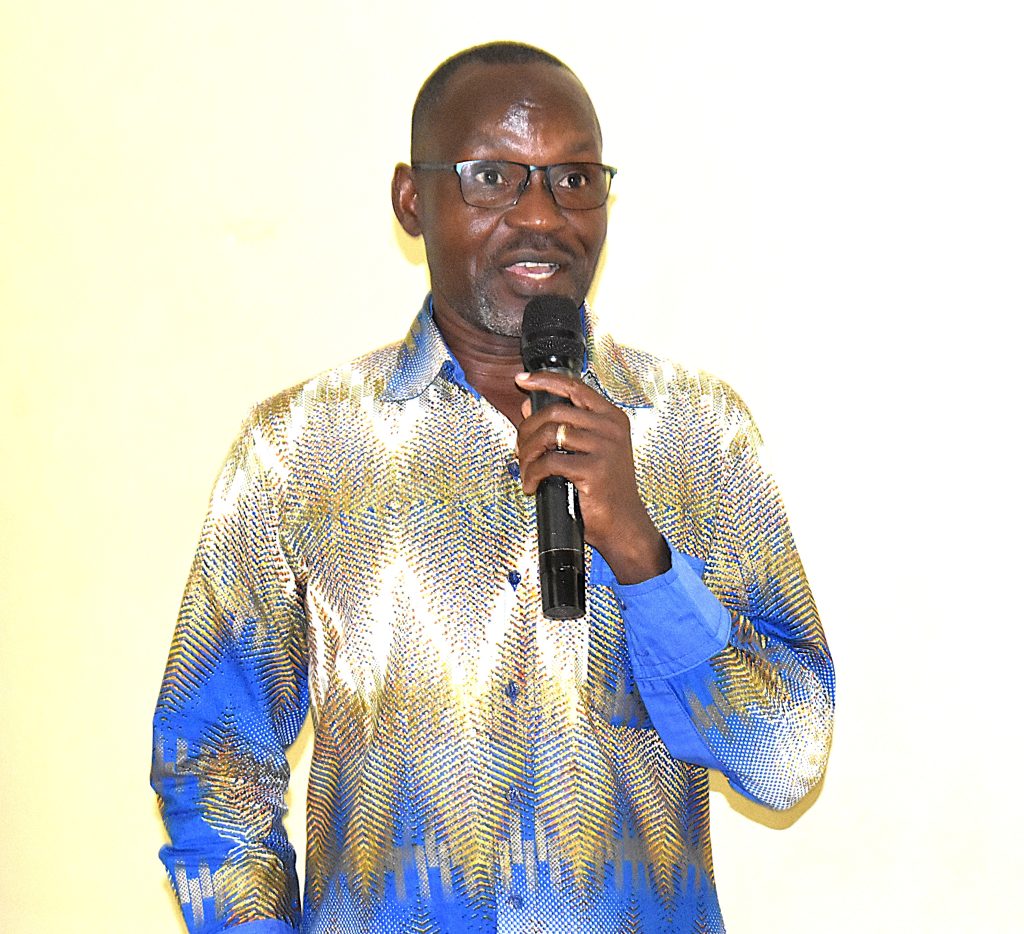
The project was officially launched on 28th October 2025 by the Ag. Deputy Vice Chancellor (Finance and Administration) at Makerere University, Prof. Winston Tumps Ireeta. Building on the achievements of phase one, NutriFishPlus will focus on:
- Scaling up the use of improved and sustainable fishing technologies, including solar tent driers and raised racks, to reach new communities across Uganda.
- Enhancing market access and strengthening supply chain linkages for high-quality fish and fish-based products.
- Empowering women and other vulnerable groups and strengthening community resilience through diversified income-generating activities.
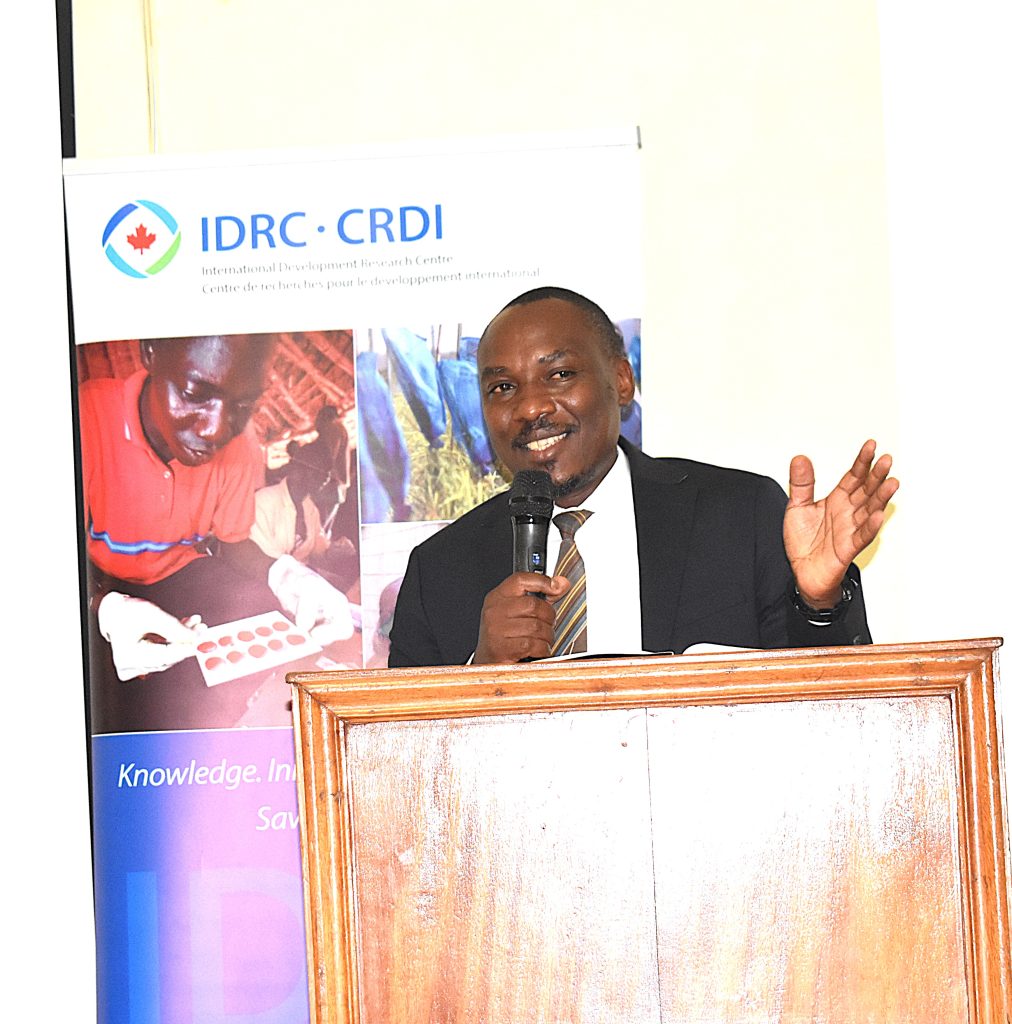
The project is expected to deliver the following outcomes:
- Improved incomes and livelihoods for the marginalized fishing groups, particularly women and youth.
- Better health and nutrition outcomes through the development of diversified, market-embedded fish products.
- Establishment of sustainable fish processing and marketing models that can be replicated across Uganda and the East African region.
- Improved participation of women and youth in decision-making and benefit-sharing within the Small Pelagic Fishes (SPFs) value chain.
- Enhanced socioeconomic conditions and ecosystem health through participatory and scalable approaches.
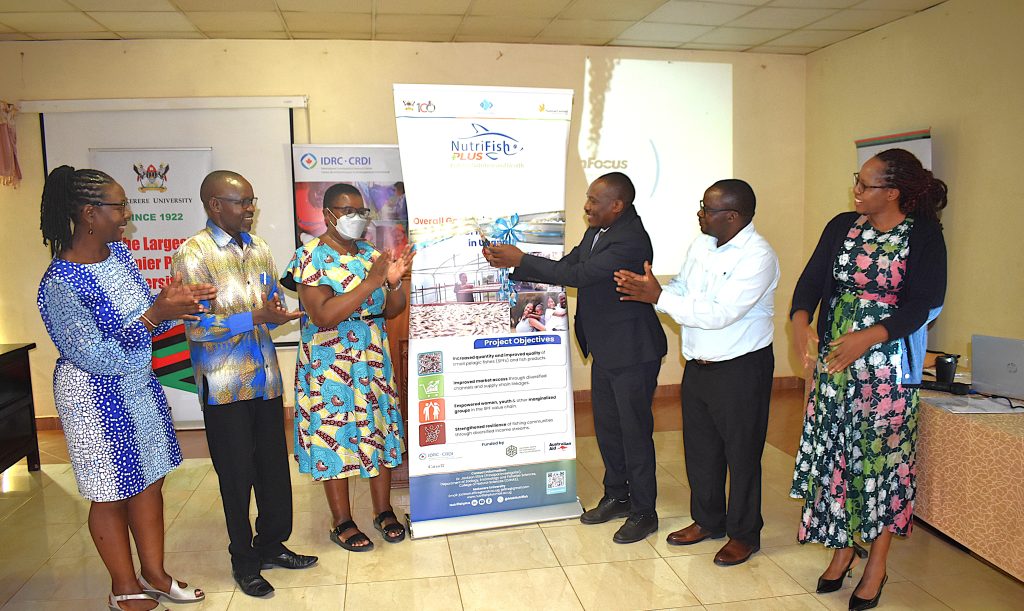
The project will run from September 2025 to March 2028 and will be implemented by the Department of Zoology, Entomology, and Fisheries Sciences at Makerere University, in collaboration with two private companies (Nutreal Ltd and Kati Farms Ltd) under a public-private partnership. Project activities will be carried out at five landing sites around Lakes Victoria, Kyoga and Albert. These include Katosi and Kikondo landing sites in Mukono and Buikwe districts respectively, Bangaladesh and Kayago landing sites in Amolatar District, and Dei landing site in Pakwach District. The project will be coordinated by Dr Jackson Efitre, Senior Lecturer at the Department of Zoology, Entomology, and Fisheries Sciences at Makerere.
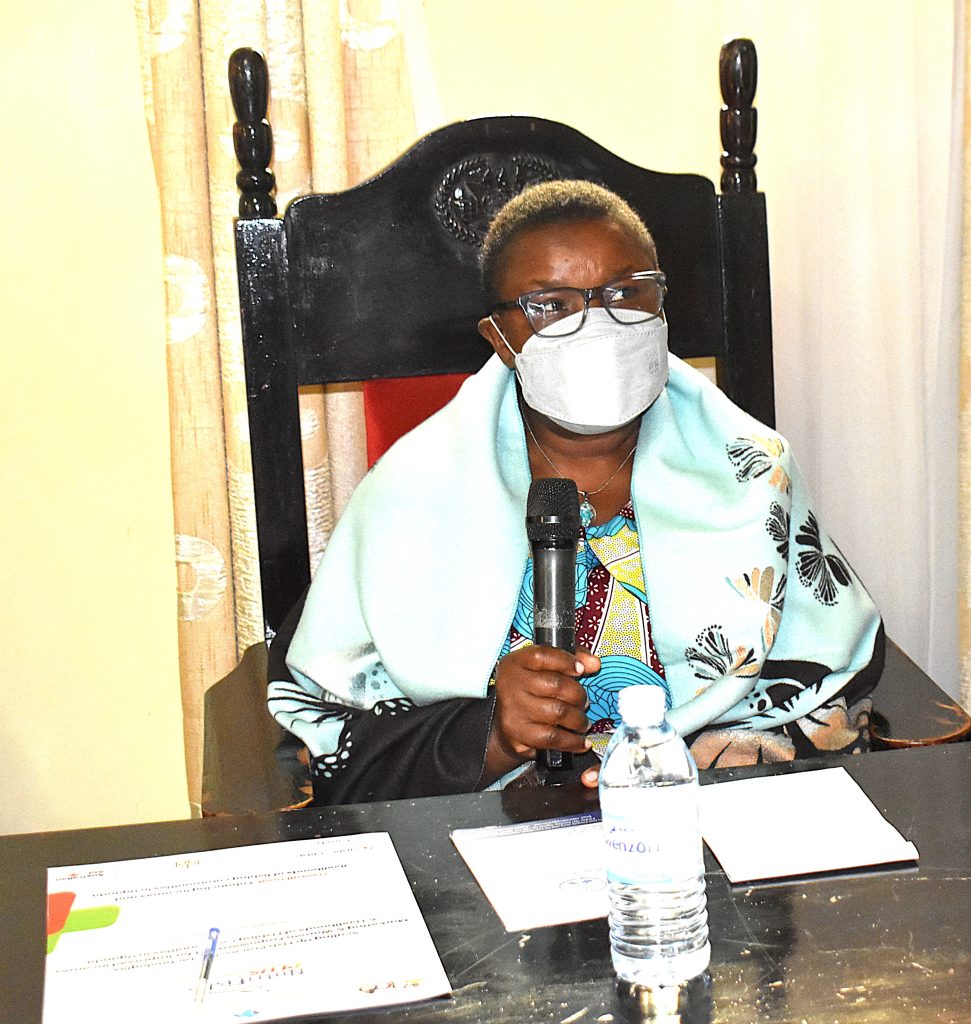
Inception and planning meetings
The NutriFishPlus Project team convened a three-day stakeholder engagement from 28th to 30th October 2025 to officially launch the project and collaboratively develop an implementation plan.
The workshop brought together a wide range of participants, including government representatives, researchers, private sector actors, and development partners. The primary objective was to foster a shared understanding of the project’s overarching goals, and design strategic pathways for achieving sustainable scaling and impact.
Discussions focused on deepening understanding of the scaling journey, and the interconnections among the different work packages and their respective pathways to scale. Participants explored how adaptive and transformative approaches can be integrated into the project’s dynamic monitoring, evaluation and learning (MEL) framework.
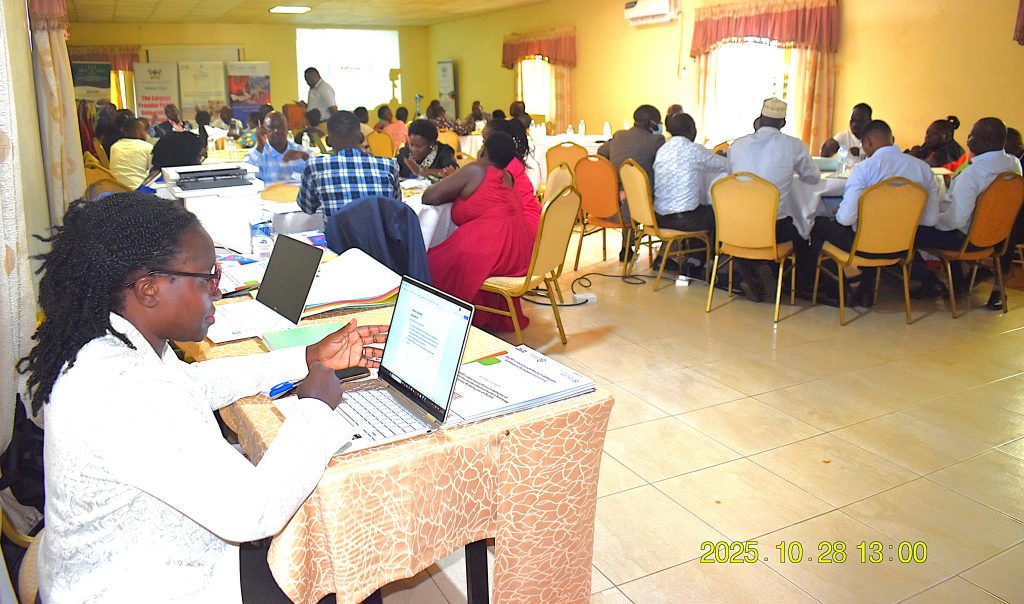
The team also reviewed the existing outputs and outcomes to identify key evidence that can inform adaptive monitoring. Through collaborative dialogue, stakeholders worked to identify appropriate indicators and progress markers that reflect the project’s adaptive learning and scaling dimensions, ensuring alignment with both the project objectives and national development priorities.
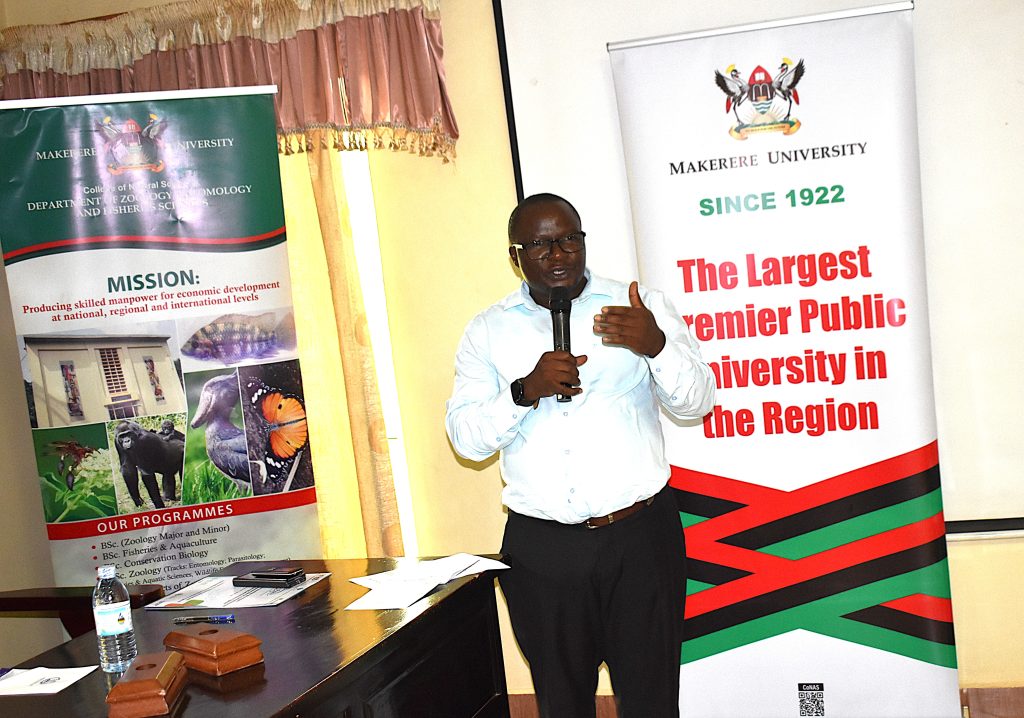
A major outcome of the workshop was the joint development of a detailed implementation plan for the project’s four interlinked work packages, which aim to:
- Enhance nutrition and health outcomes among vulnerable groups through the diversification of fish products and market innovations;
- Promote alternative and resilient livelihoods within small-scale fisheries and related value chains;
- Advance inclusivity and participation of marginalized groups, particularly women and youth in the Small Pelagic Fishes value chain through policy reform, advocacy, and enforcement; and
- Strengthen fish processing technologies and post-harvest management practices to improve food safety, quality, and value addition.
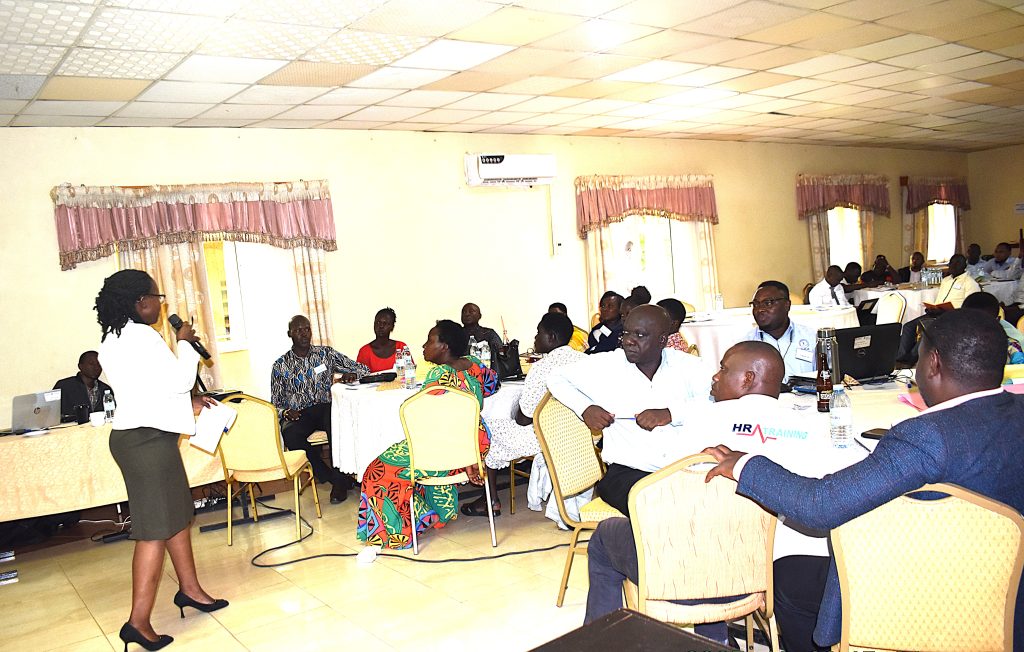
Overall, the inception workshop provided a strong foundation for coordinated implementation of the project, and established a clear roadmap for achieving the NutriFishPlus vision of improving nutrition, livelihoods, and sustainability through fisheries-based innovations.
Remarks by the University officials and development partners
Addressing the participants, the Guest of Honour, Prof. Winston Tumps Ireeta, Deputy Vice Chancellor in charge of Finance and Administration at Makerere University, commended the project team for the achievement. He also expressed gratitude to the project funders – the International Development Research Centre (IDRC) and the Australian Centre for International Agricultural Research (ACIAR) – for their steadfast support and dedication to improving the livelihoods of fishing communities in Uganda. “The NutriFishPlus project highlights Makerere University’s commitment to being a research-driven institution,” he said. “It also strengthens the University’s leadership in translating research into tangible, real-world outcomes that drive sustainable development and enhance public health.” On behalf of Makerere University Management, Prof. Ireeta assured continued support for the successful implementation of the project.
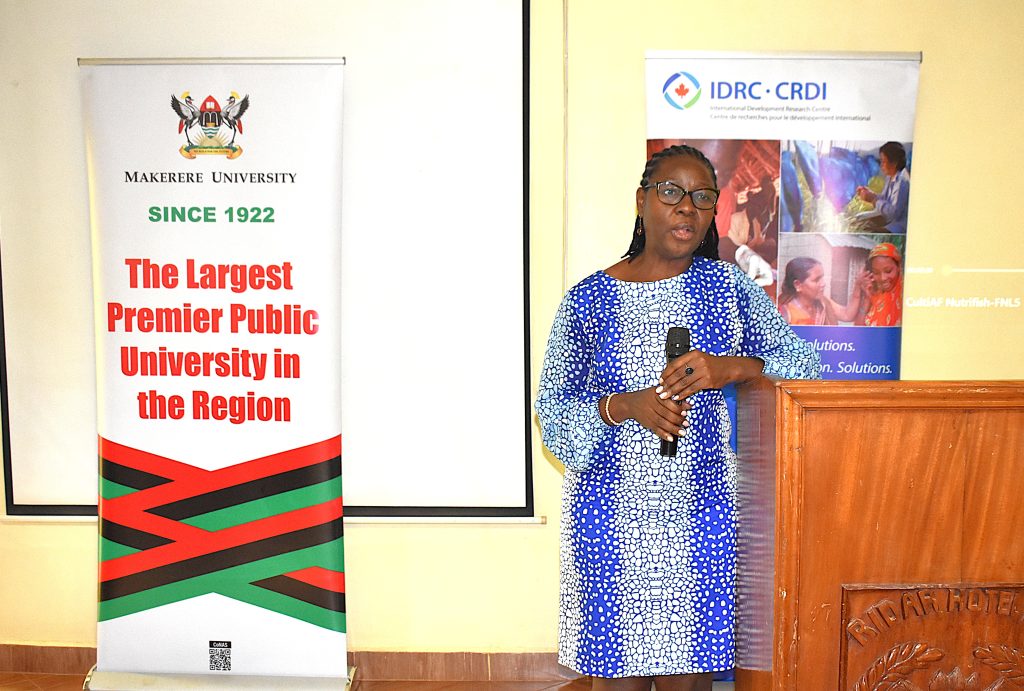
Dr. Edidah Lubega Ampaire, Senior Programme Specialist at the International Development Research Centre (IDRC), congratulated the project team upon securing the second grant. She emphasized that the IDRC is committed to supporting applied research that delivers tangible benefits to communities, noting that the team had demonstrated this through their success with the NutriFish project. “The IDRC invests in research that has the potential to transform livelihoods,” Dr. Ampaire said. “We look forward to seeing how the NutriFishPlus Project will build upon the achievements of the previous phase to scale up impact beyond the pilot phase. It is equally important that the project contributes to fostering meaningful policy reforms and strengthening enforcement mechanisms to ensure long-term, sustainable outcomes.”
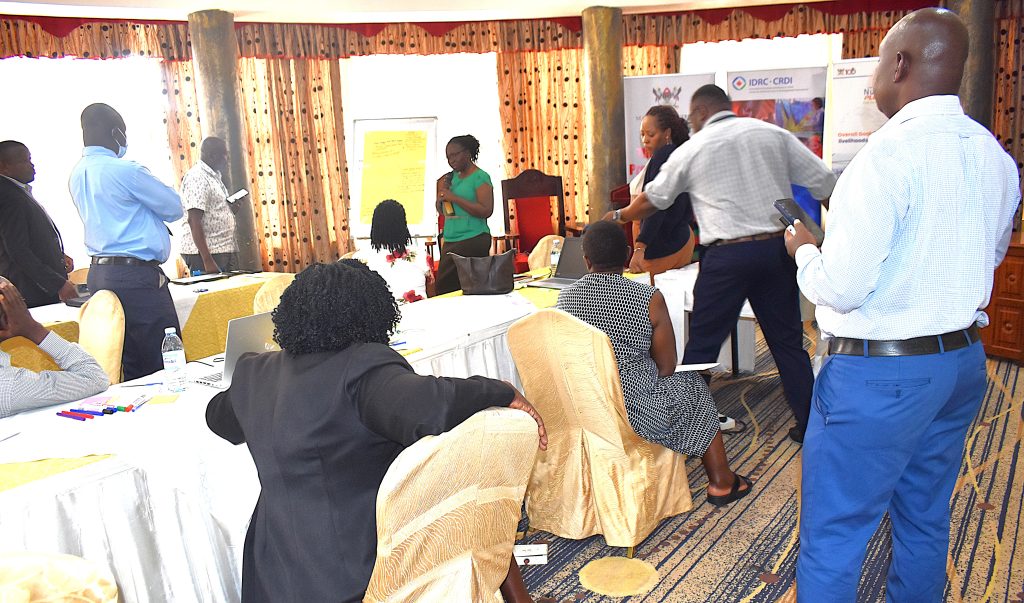
During the session, Ms. Dena Lomofsky, an experienced researcher and MEL expert, guided participants through the key components of scaling science. Her presentation explored the theoretical foundations, guiding principles, and strategic approaches required to transform research findings into scalable and sustainable solutions.
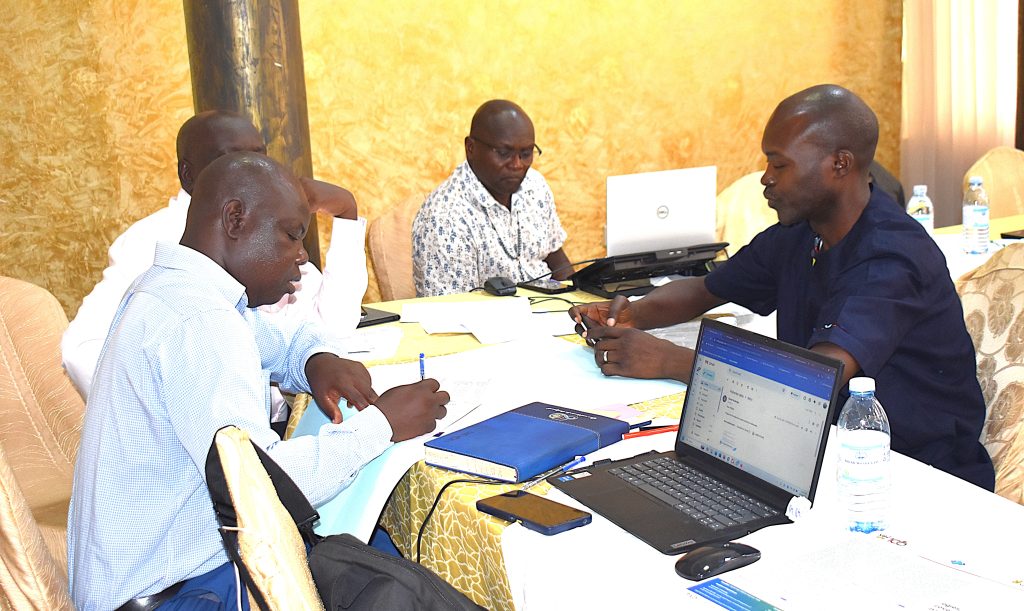
Briefing participants on their activities, Dr. Dorothy Nakimbugwe from Nutreal Ltd, a private company collaborating with the NutriFishPlus Project, underscored the crucial role of private sector involvement in research initiatives. She emphasized that engaging private enterprises not only enhances the practical application of research outcomes but also plays a pivotal role in scaling innovations and maximizing their impact.
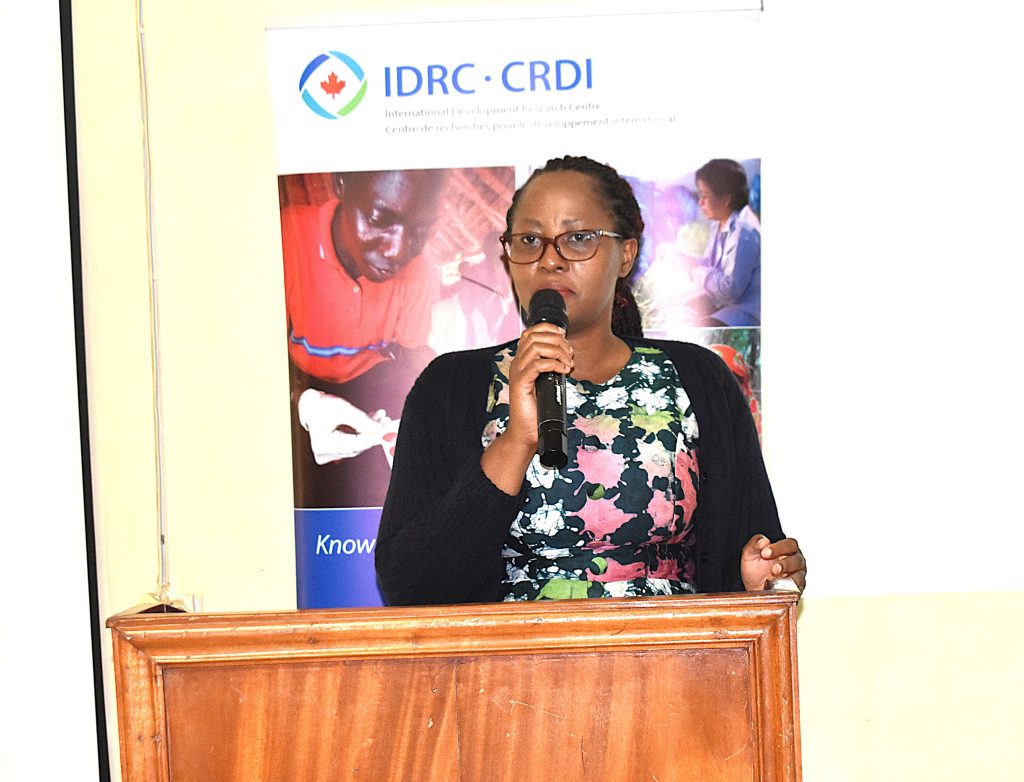
Ms. Lovin Kobusingye of Kati Farms Ltd expressed gratitude to the project team and funders for the initiative. “At Kati Farms, we are truly honored to be part of this journey. Our passion has always been to transform Uganda’s fisheries sector through value addition, innovation, and inclusive growth. The NutriFishPlus Project aligns perfectly with this mission, as it aims to improve the incomes and livelihoods of fishing communities through diverse interventions. As Kati Farms, our commitment is to ensure that the products developed under this project meet the highest quality standards and reach both local and international markets. Together, as partners, let us move forward with a shared vision, to make NutriFishPlus not just a research project, but a transformative movement that uplifts fishing communities, enhances nutrition, and promotes gender equality within and beyond our borders.”
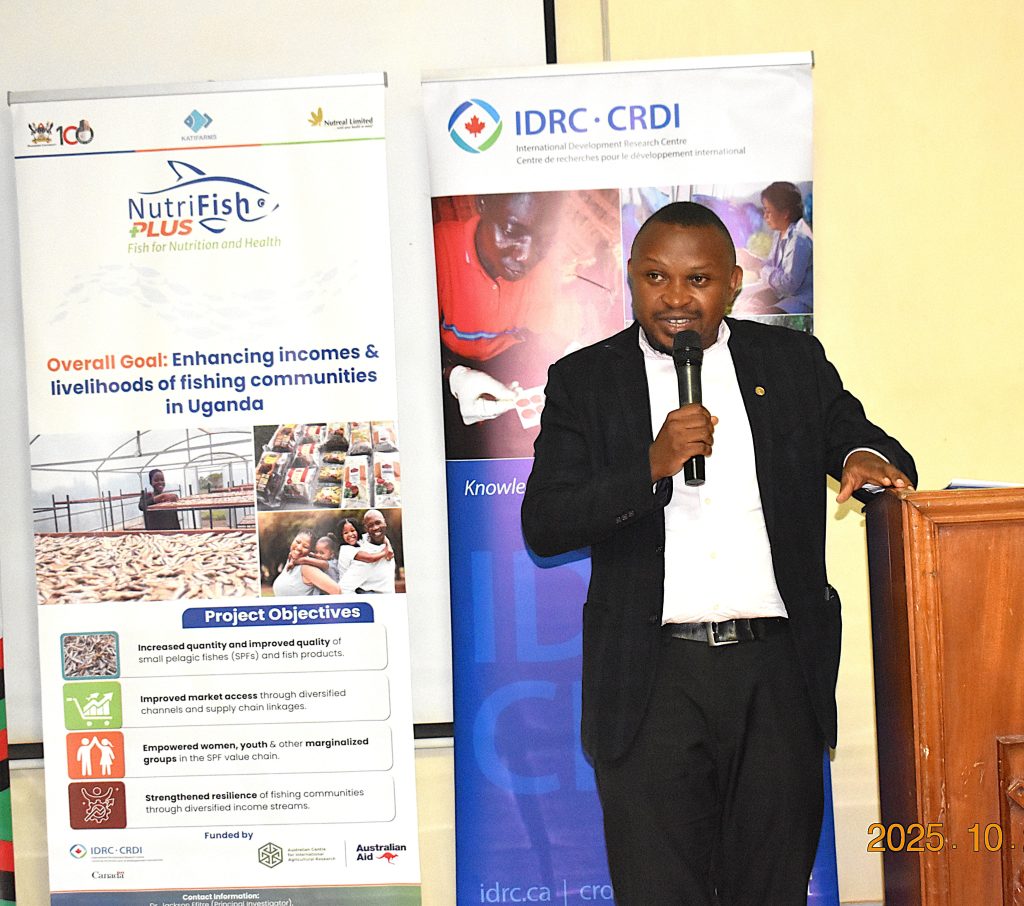
Mr. Isaac Kirabira from the Ministry of Agriculture, Animal Industry, and Fisheries expressed the Ministry’s commitment to supporting the project, emphasizing that empowering women, youth, and other vulnerable groups is essential not only for improving livelihoods but also for restoring dignity.
In his remarks, Dr. Godfrey Kawooya Kubiriza, Head of the Department of Zoology, Entomology, and Fisheries Sciences at Makerere University, equally appreciated the project team and the funders. “Our Department is proud to contribute to the NutriFishPlus Project. Initiatives of this nature provide a valuable platform for translating our research into practical solutions that reach communities, thereby creating meaningful and tangible impact.”

Achievements registered during Phase One
The achievements included:
- Establishing group savings schemes to improve access to capital by women and youth;
- Piloting solar tent dryers for processing silver fish (mukene), resulting in doubling of women’s incomes and tripling of the shelf-life to almost five months;
- Developing and test-marketing certified, nutrient-enriched fish products, including baby food, sauce and fortified maize meal;
- Conducting comprehensive social and behavioural change interventions, leading to increased women’s participation in profitable ventures and 30% reduction in domestic violence in intervention areas.
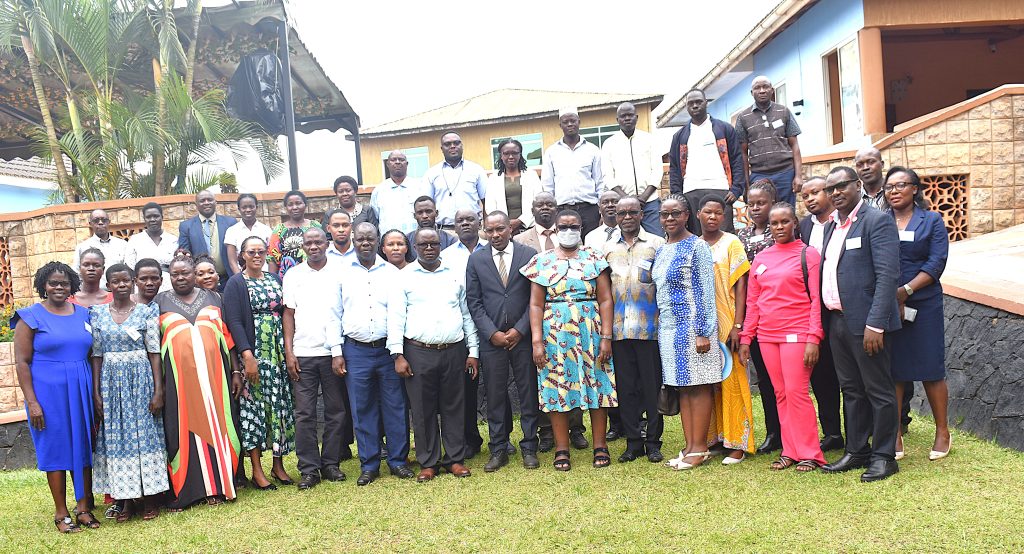
Link to the workshop pictorial: https://drive.google.com/drive/folders/1Wwd9kSsKpd6aZ6YrFL1uVveh2BSG36cV?usp=sharing
Natural Sciences
Mak-CoNAS Wins CAD 0.8 Million Grant to Scale-up Fish Processing Technologies & Empower Women in Uganda
Published
2 months agoon
October 27, 2025
The College of Natural Sciences (CoNAS) at Makerere University has been awarded a highly competitive research grant worth CAD 0.8 million to implement the “NutriFishPLUS” project, which aims to scale up innovative fish processing technologies, improve market access, and empower women in Uganda’s fishing communities to boost incomes and livelihoods.
This project builds on the significant achievements of the previous ground-breaking NutriFish project (2019–2023), funded by the International Development Research Centre (IDRC) and the Australian Centre for International Agricultural Research (ACIAR) through the Cultivate Africa’s Future Fund Phase (CultiAF2). The achievements included: 1) establishing group savings schemes to improve access to capital by women and youth; 2) piloting solar tent dryers for processing silverfish (mukene), resulting in doubling of women’s incomes and tripling of the shelf-life to almost five months; 3) developing and test-marketing certified, nutrient enriched fish products, including baby food, sauce and fortified maize meal; 4) conducting comprehensive social and behavioural change interventions, leading to increased women’s participation in profitable ventures and 30% reduction in domestic violence in intervention areas. Despite these achievements, gaps still remain with regard to increasing production of high-quality Small Pelagic Fishes (SPFs) through adoption of solar tent dryers and raised drying racks; enhancing capacity of men, women and the youth in processing, packaging, branding and marketing; improving access to capital and lucrative markets for fish and fish products; and empowering women, youth and other marginalized groups in the small fish value chain; and strengthening resilience of fishing communities through diversified income streams.
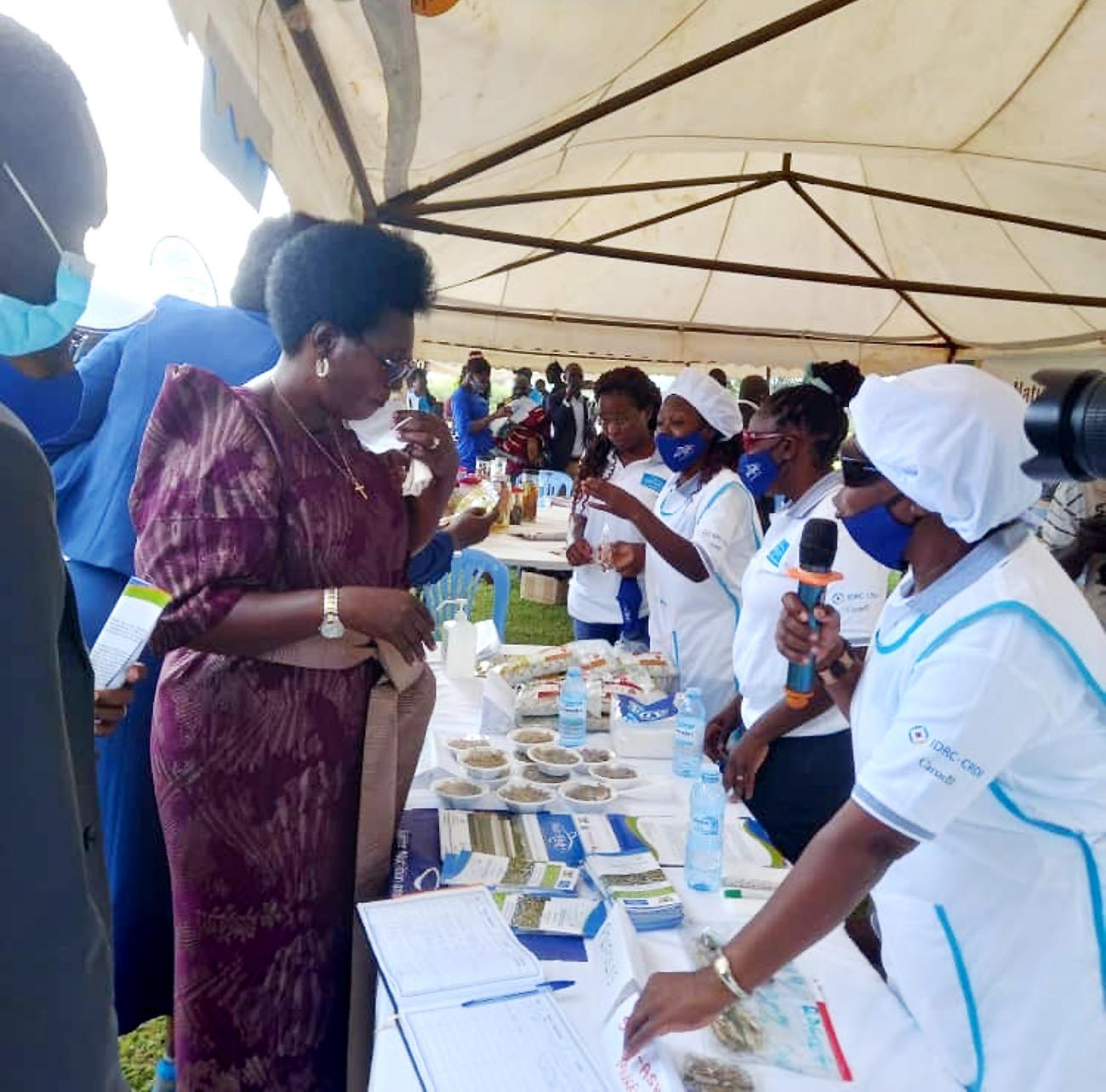
NutriFishPLUS will be implemented by the Department of Zoology, Entomology and Fisheries Sciences, CoNAS, in collaboration with two private companies (Kati Farms and Nutreal) through a public-private partnership. The Principal Investigator is Dr. Jackson Efitre and his team will focus on scaling-up the use of improved, sustainable fish processing technologies such as the solar Tent dryers and raised racks to new communities across Uganda; enhancing market access and supply chain linkages for high-quality fish and fish products; as well as deepening women’s empowerment and strengthening the resilience of fishing communities through diversified income streams. The project is expected to run for September 2025- March 2028. The expected outcomes include: enhanced incomes and livelihoods for marginalized fishing groups, particularly women and youth; improved health and nutrition for vulnerable groups through diversification of fish products that are embedded in the market with strong supply chain linkages; sustainable fish processing and marketing models that can be scaled across Uganda and the East African region; improved women and youth participation in decision making and control of benefits in the SPF value chains; and improved socioeconomic conditions and ecosystem health through participatory, scalable approaches.
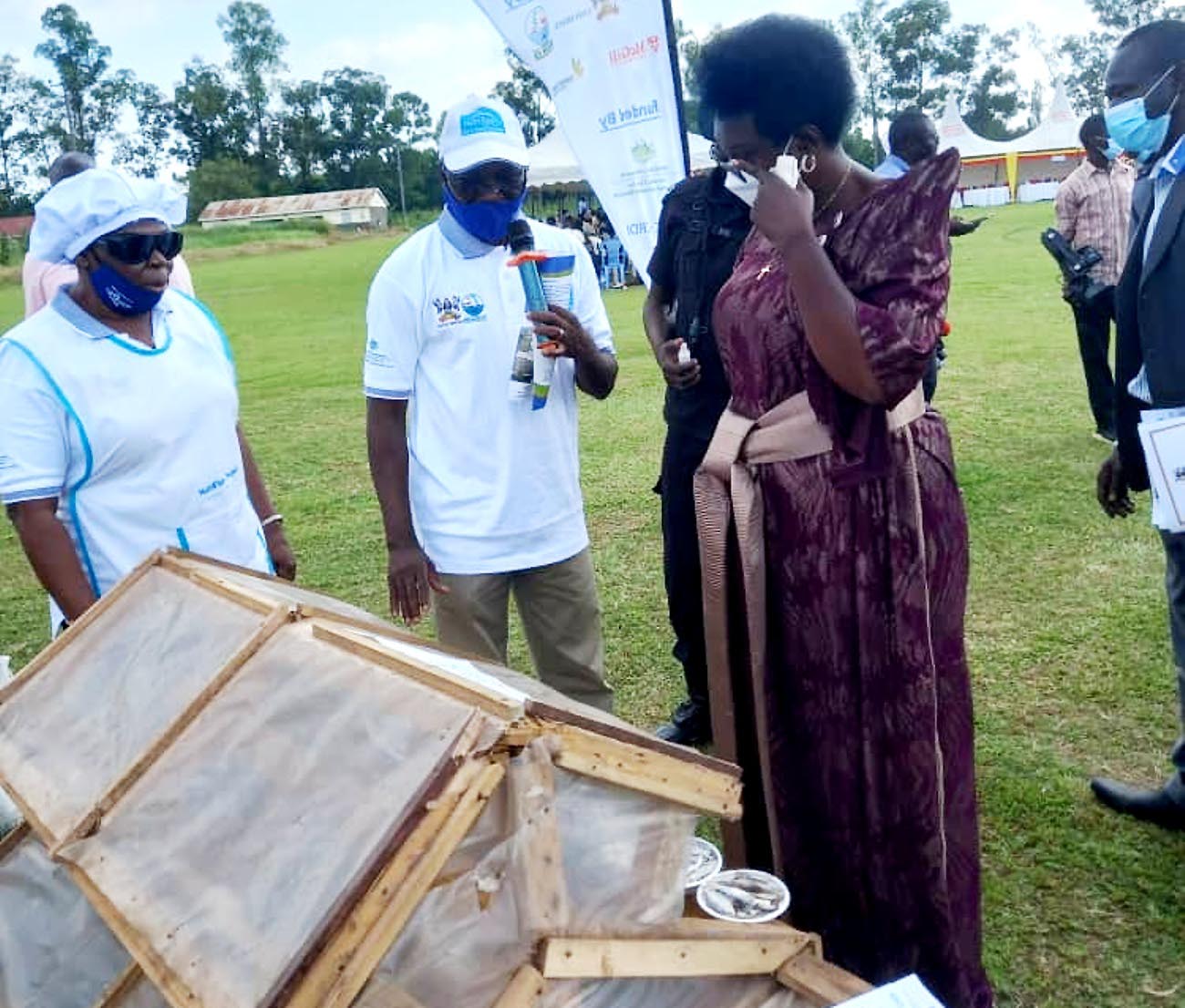
“Winning this competitive grant is an incredible opportunity for the team to solidify the achievements of the first phase as the funding enables us to move beyond research to embed these nutritional and technological solutions into the livelihoods of local communities,” said Dr. Efitre. “I am privileged to lead this impactful work on behalf of Makerere University. Scaling up these tested, climate-responsive technologies as well as empowering the women and youth will secure better nutrition and more sustainable livelihoods across fishing communities in Uganda.”
The project is set to be launched tomorrow, Tuesday, 28th October 2025 by the Acting Deputy Vice Chancellor, Finance and Administration and Principal, CoNAS, Prof. Winston Tumps Ireeta.
Please see below for details on the project.
Details on the previous project: https://news.mak.ac.ug/2023/03/nutrifish-project-registers-significant-achievements/
Trending
-

 Humanities & Social Sciences1 week ago
Humanities & Social Sciences1 week agoCollege of Humanities and Social Sciences Launches Five Groundbreaking Publications
-
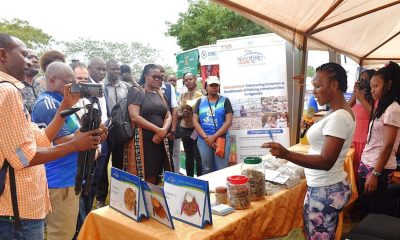
 Natural Sciences2 weeks ago
Natural Sciences2 weeks agoJinja Fish Festival: Mak Recognized for its outstanding contribution to the Development of the Fisheries Sector
-

 General3 days ago
General3 days agoMakerere University Leaders Call for Excellence in Research and Supervision as Academic Staff and PhD Students Receive Certificates
-
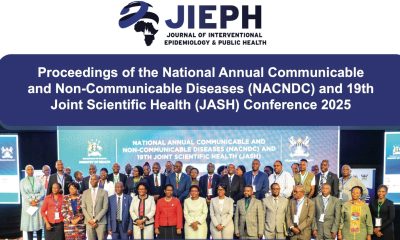
 Health2 weeks ago
Health2 weeks agoProceedings of the National Annual Communicable and Non-Communicable Diseases and 19th Joint Scientific Health Conference 2025
-

 Health2 weeks ago
Health2 weeks agoInside Uganda’s Silent AMR Crisis: Counterfeit Drugs, Antibiotic Overuse, and What Wakiso’s Evidence Reveals
